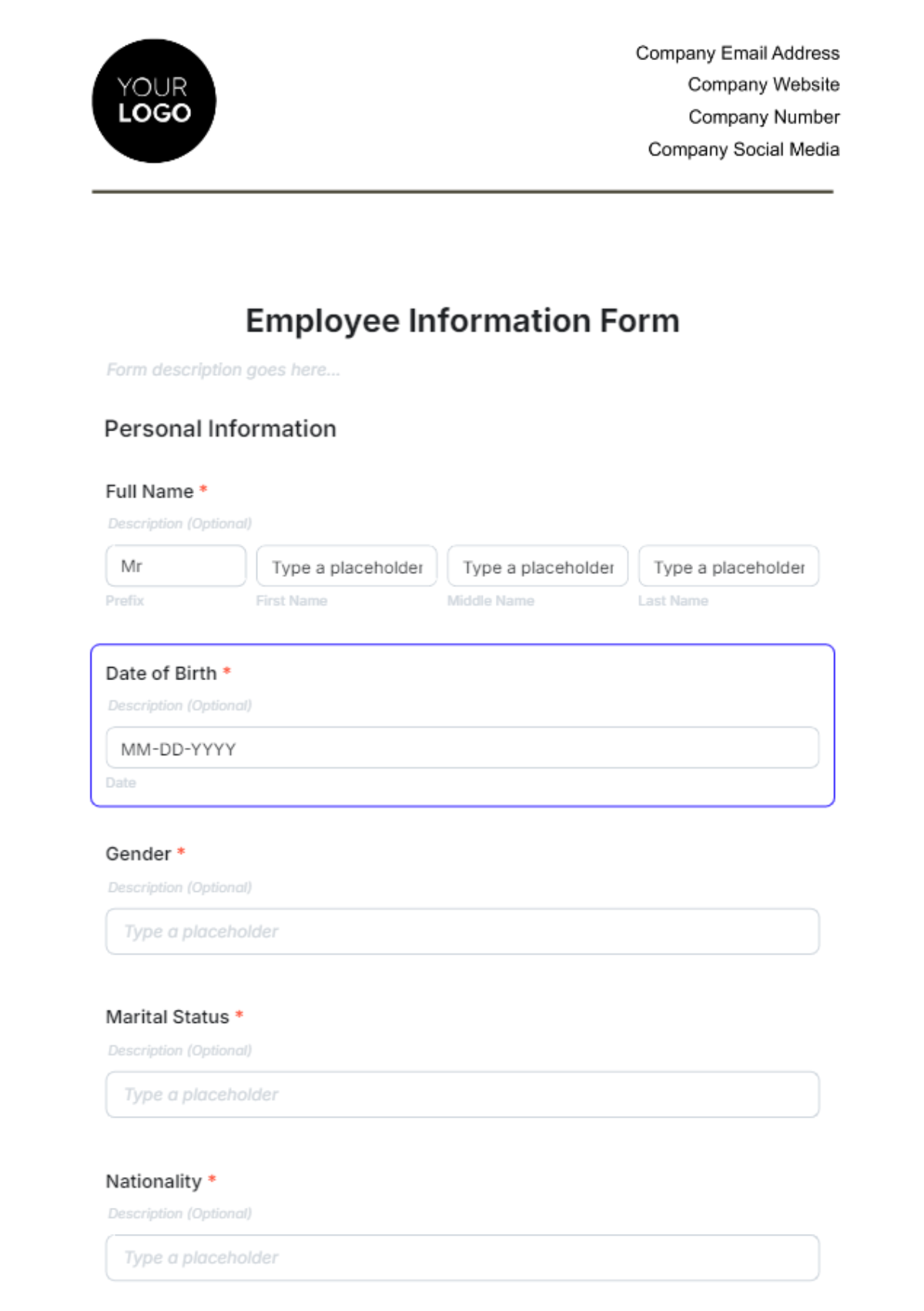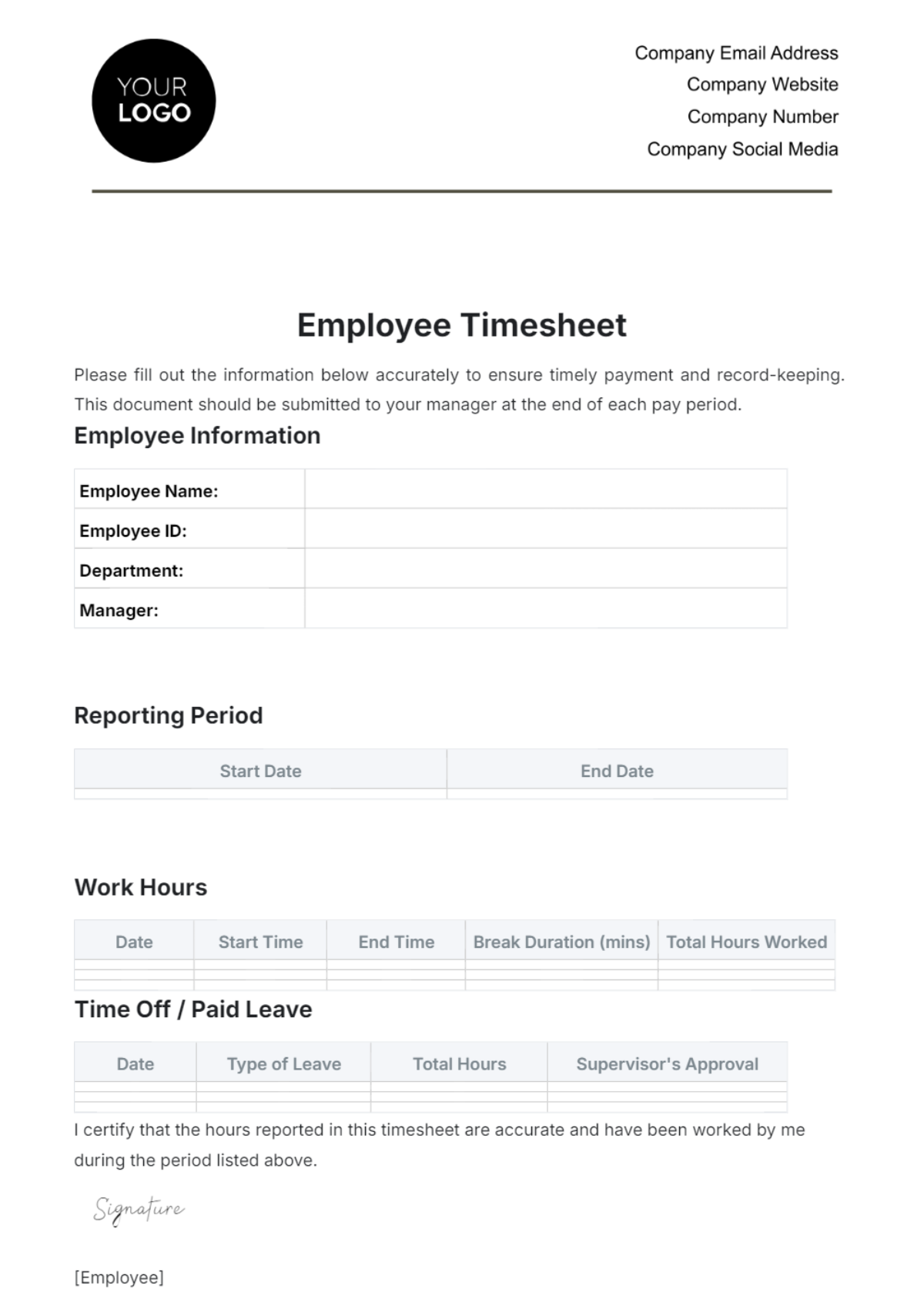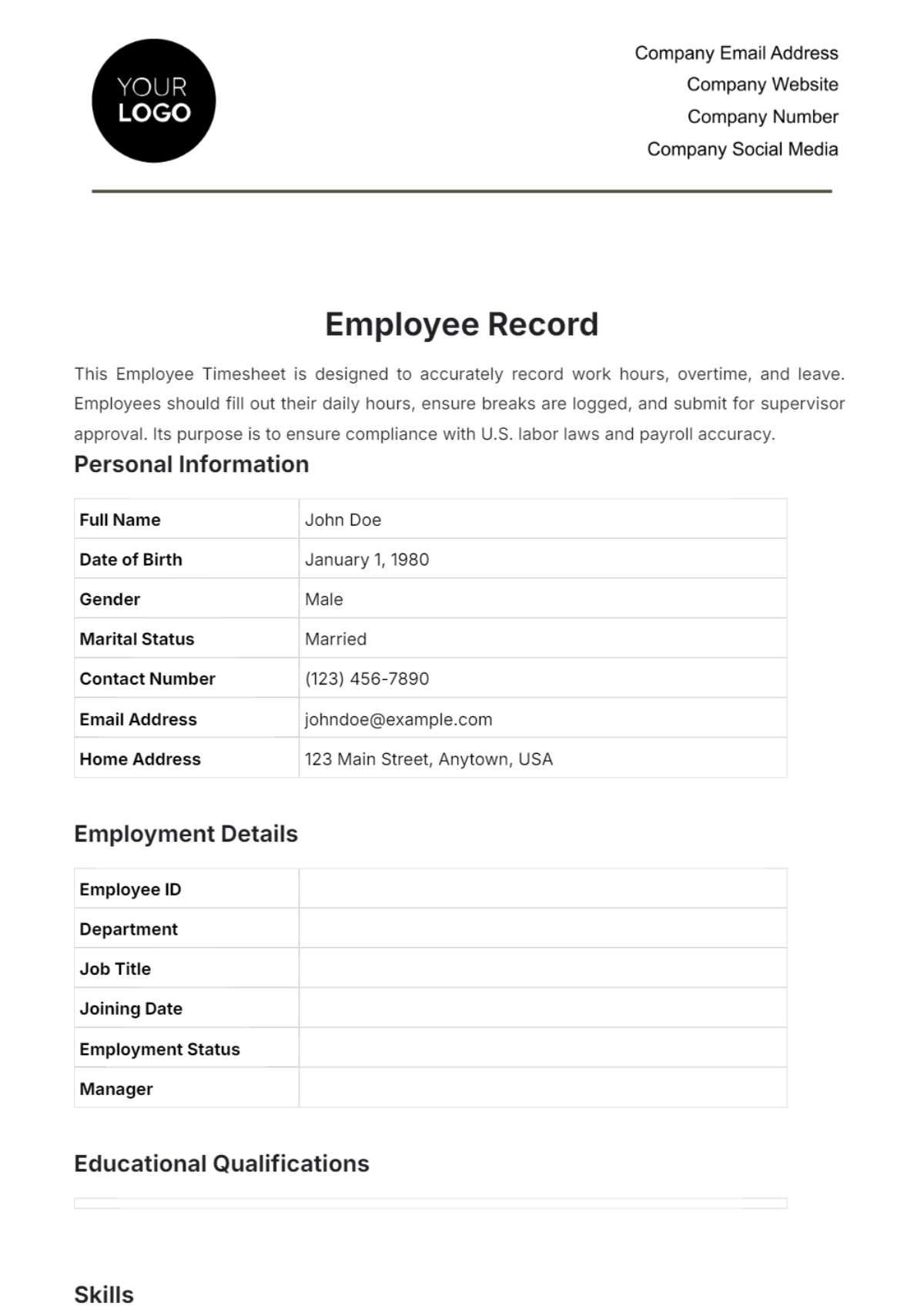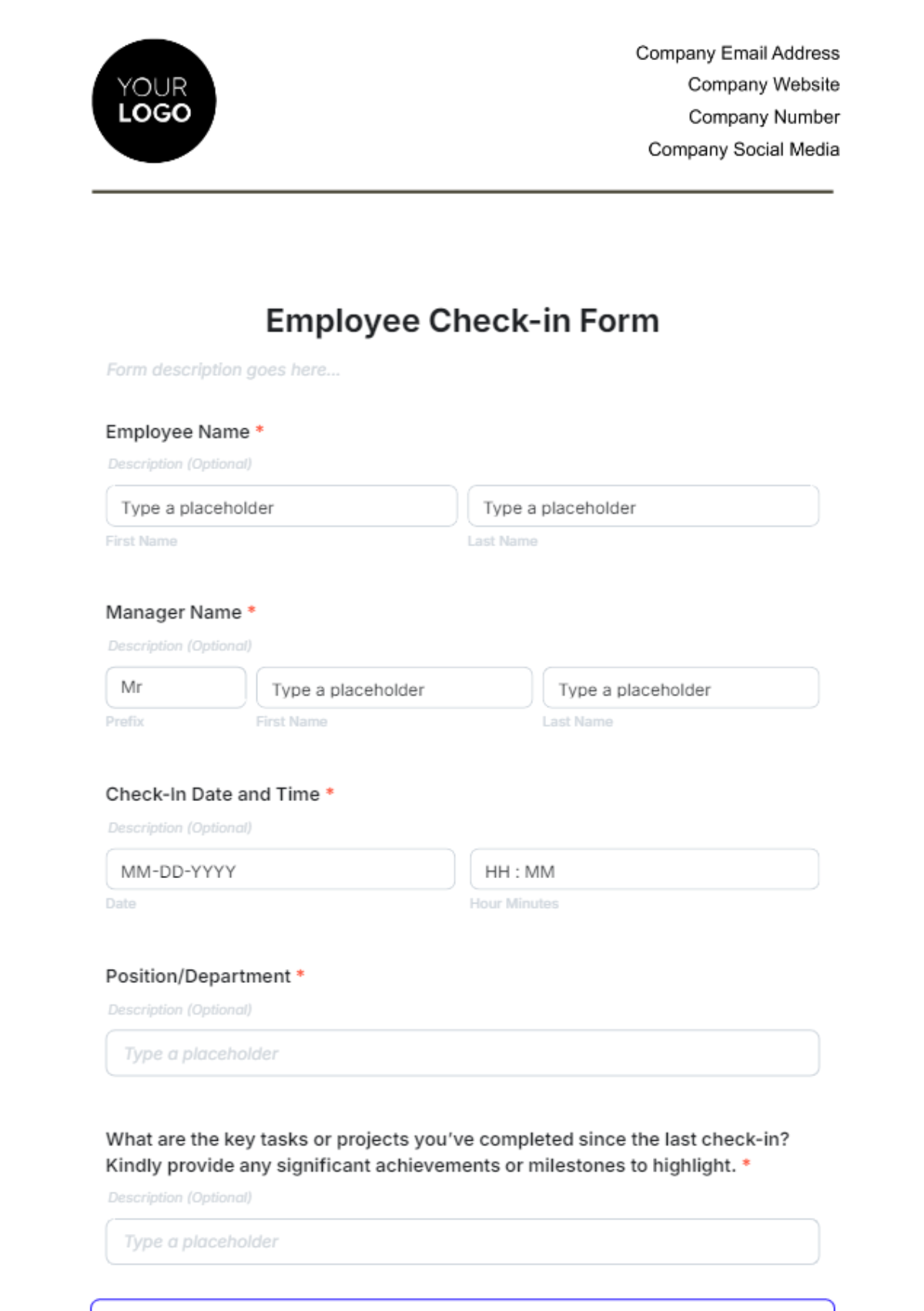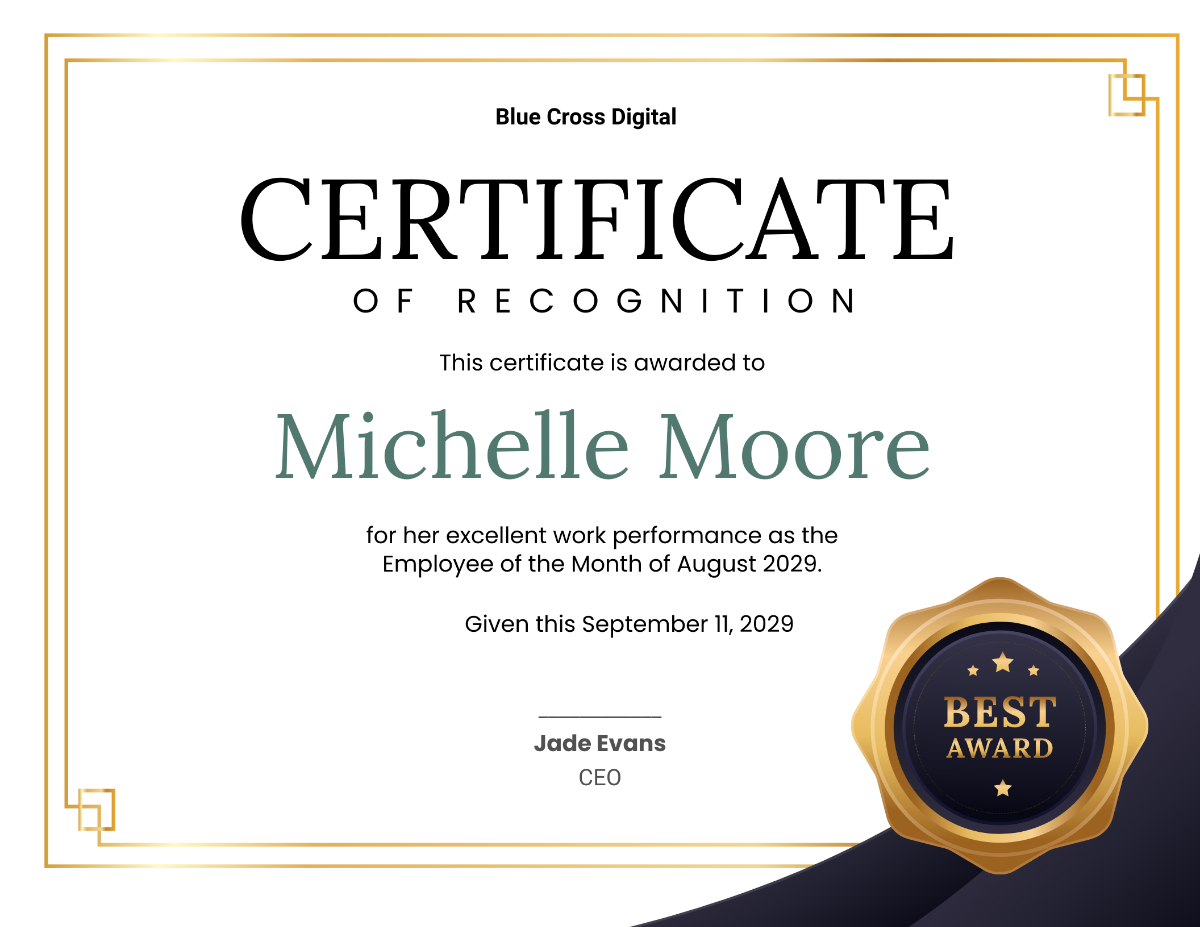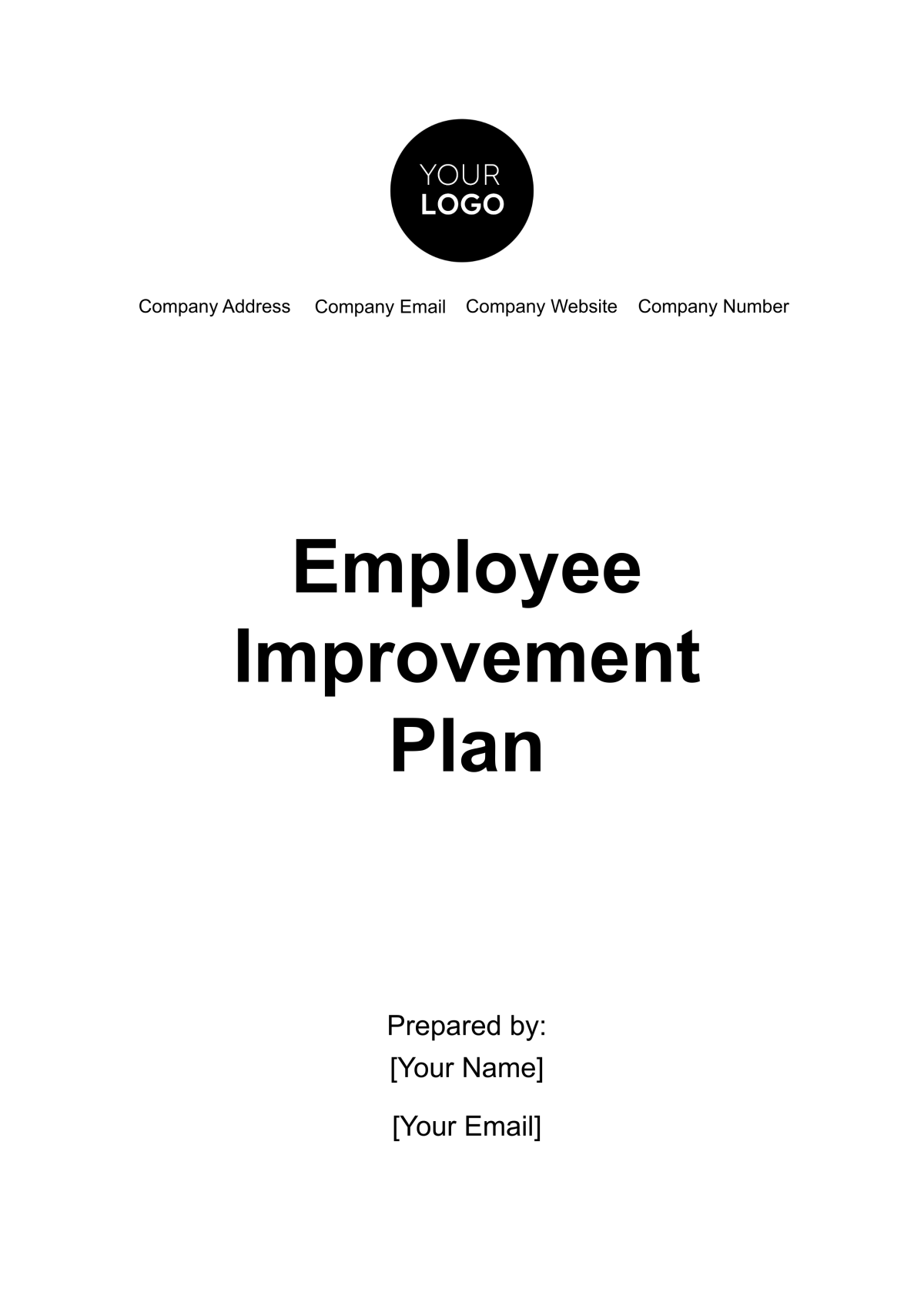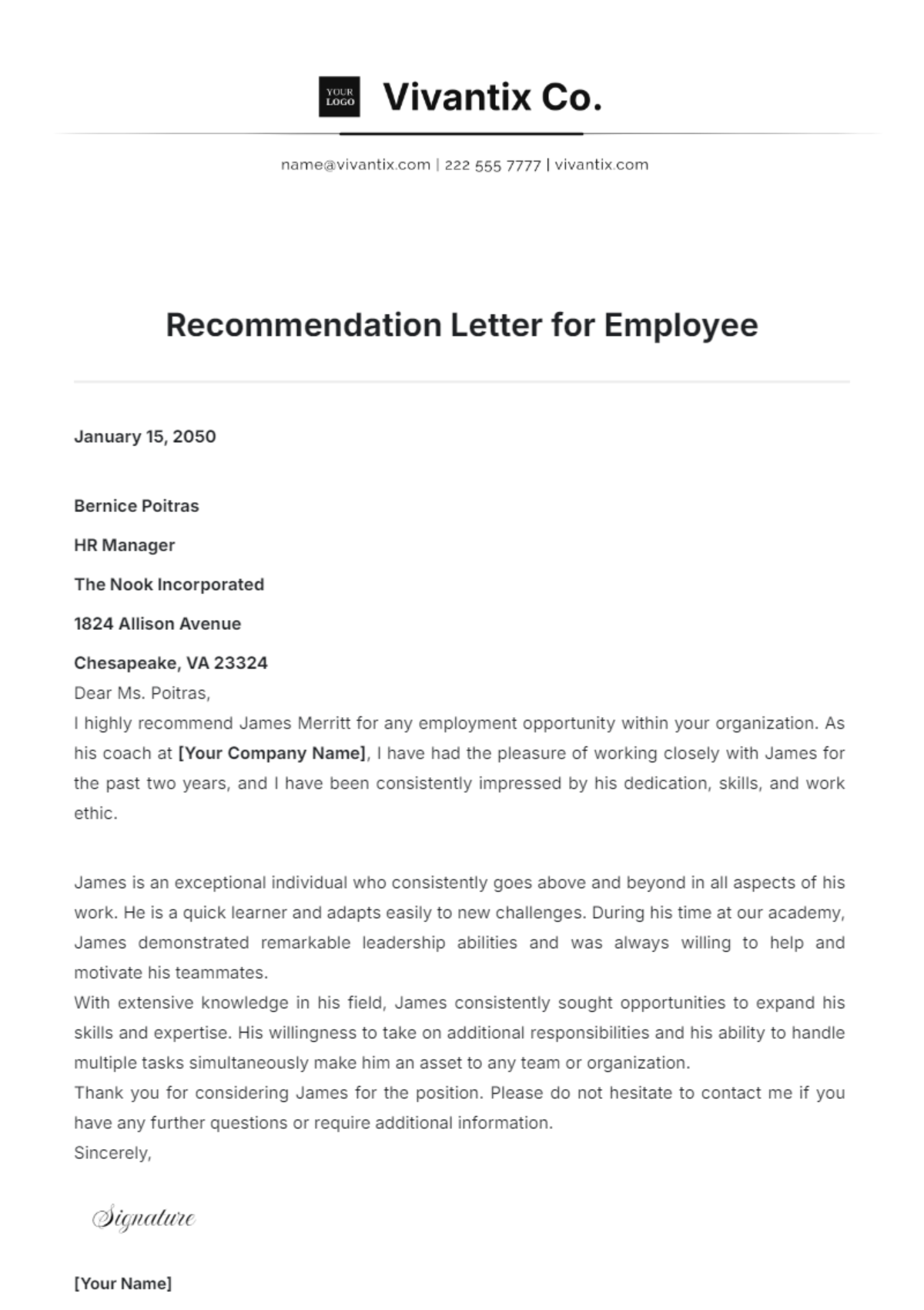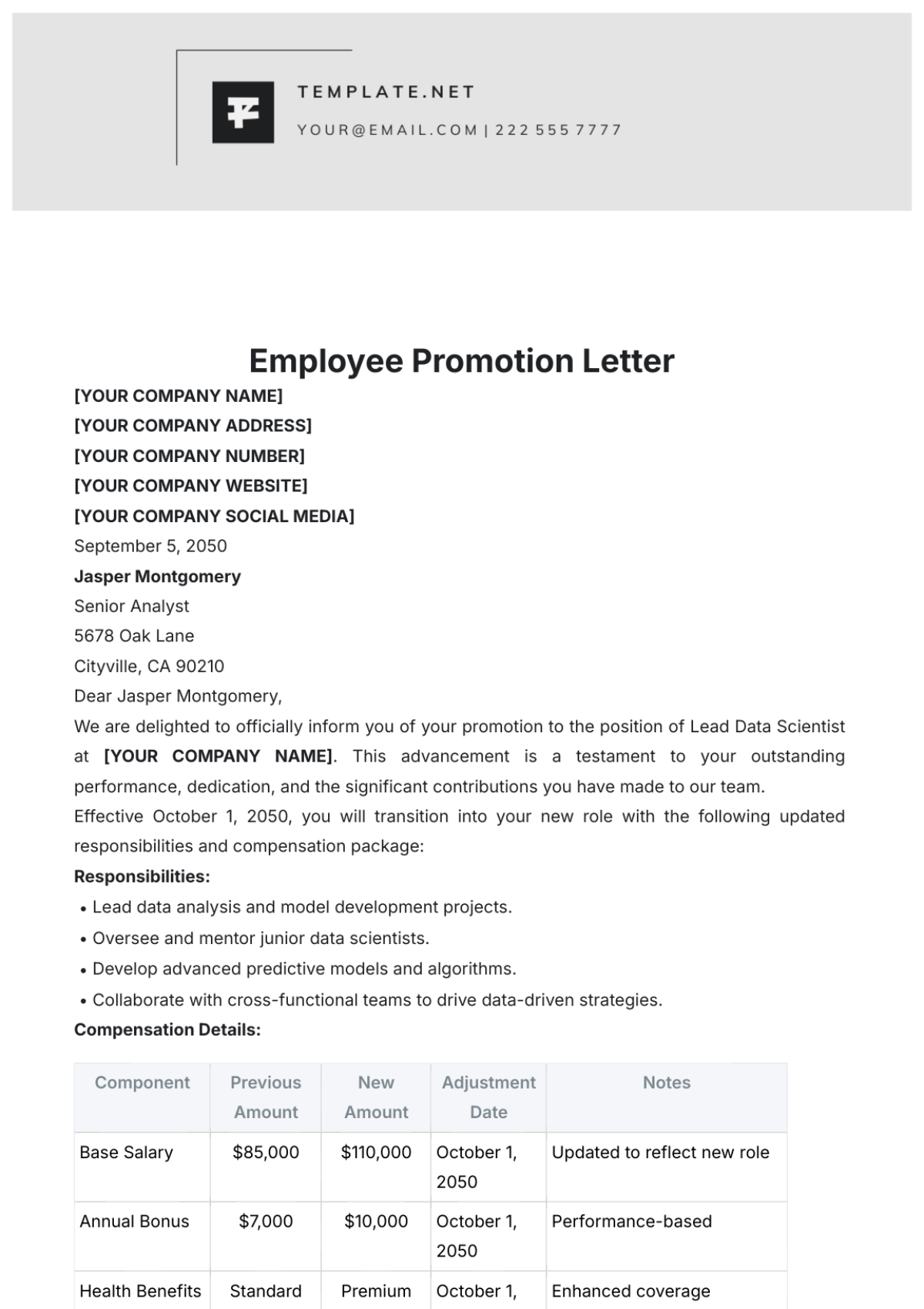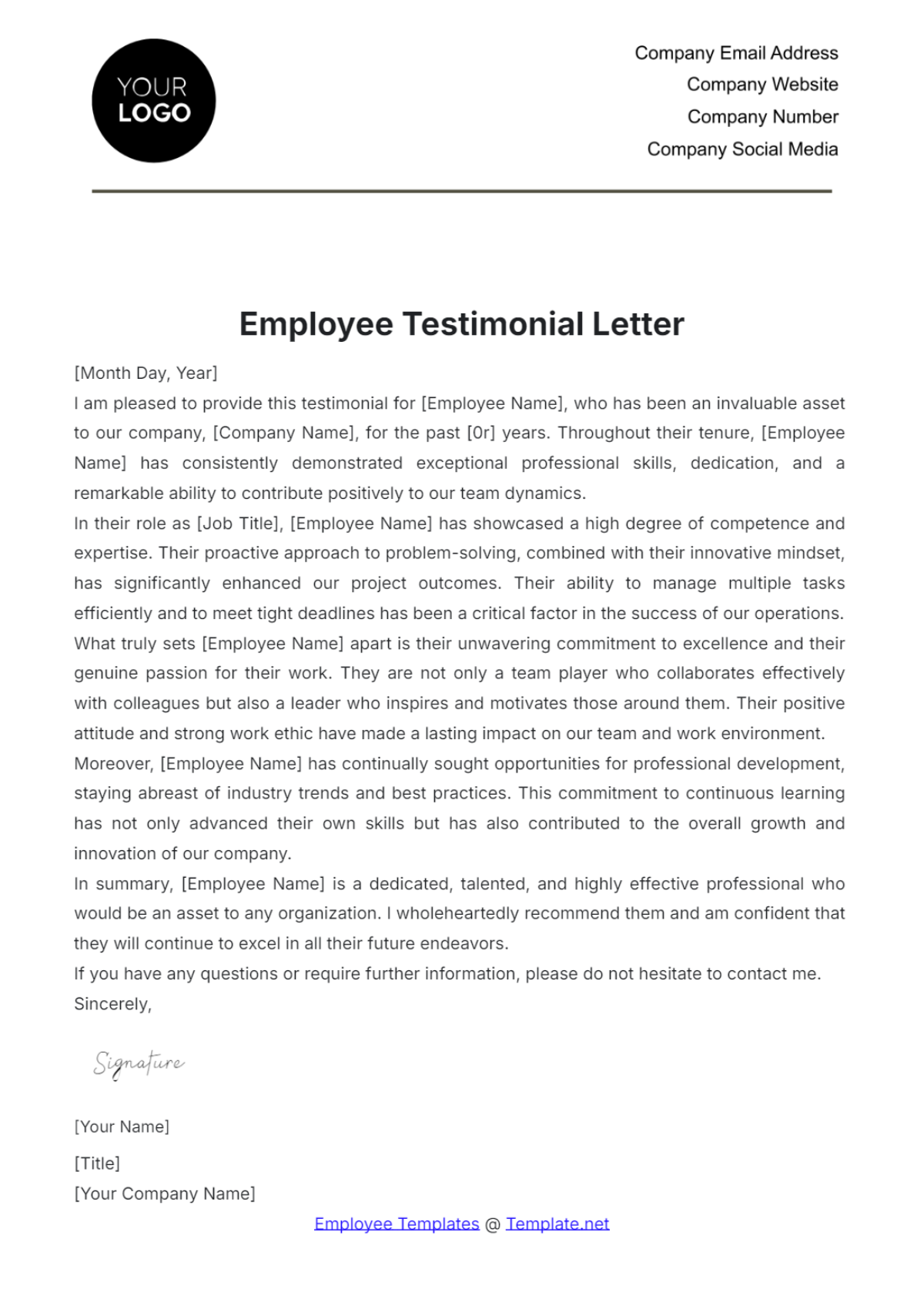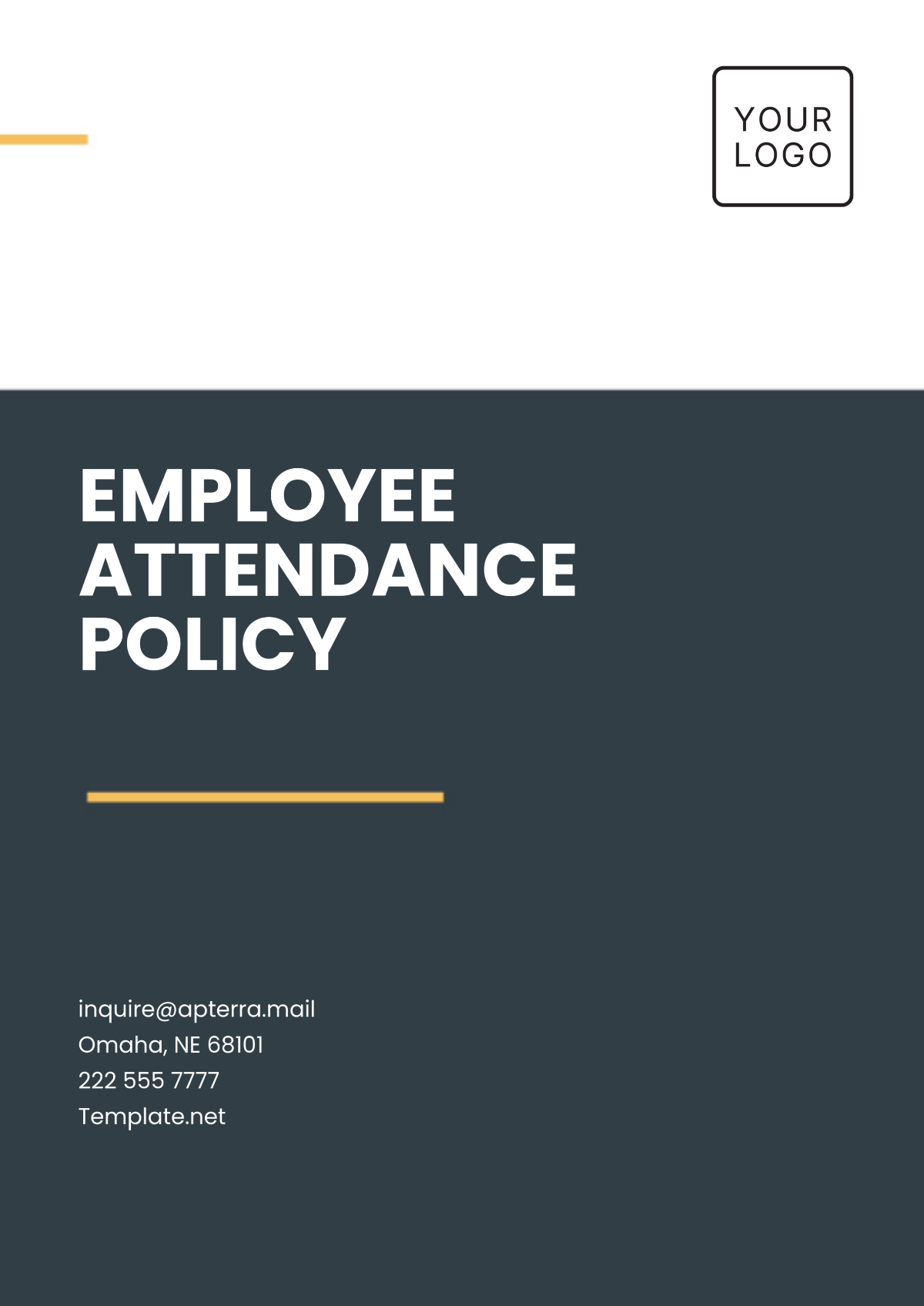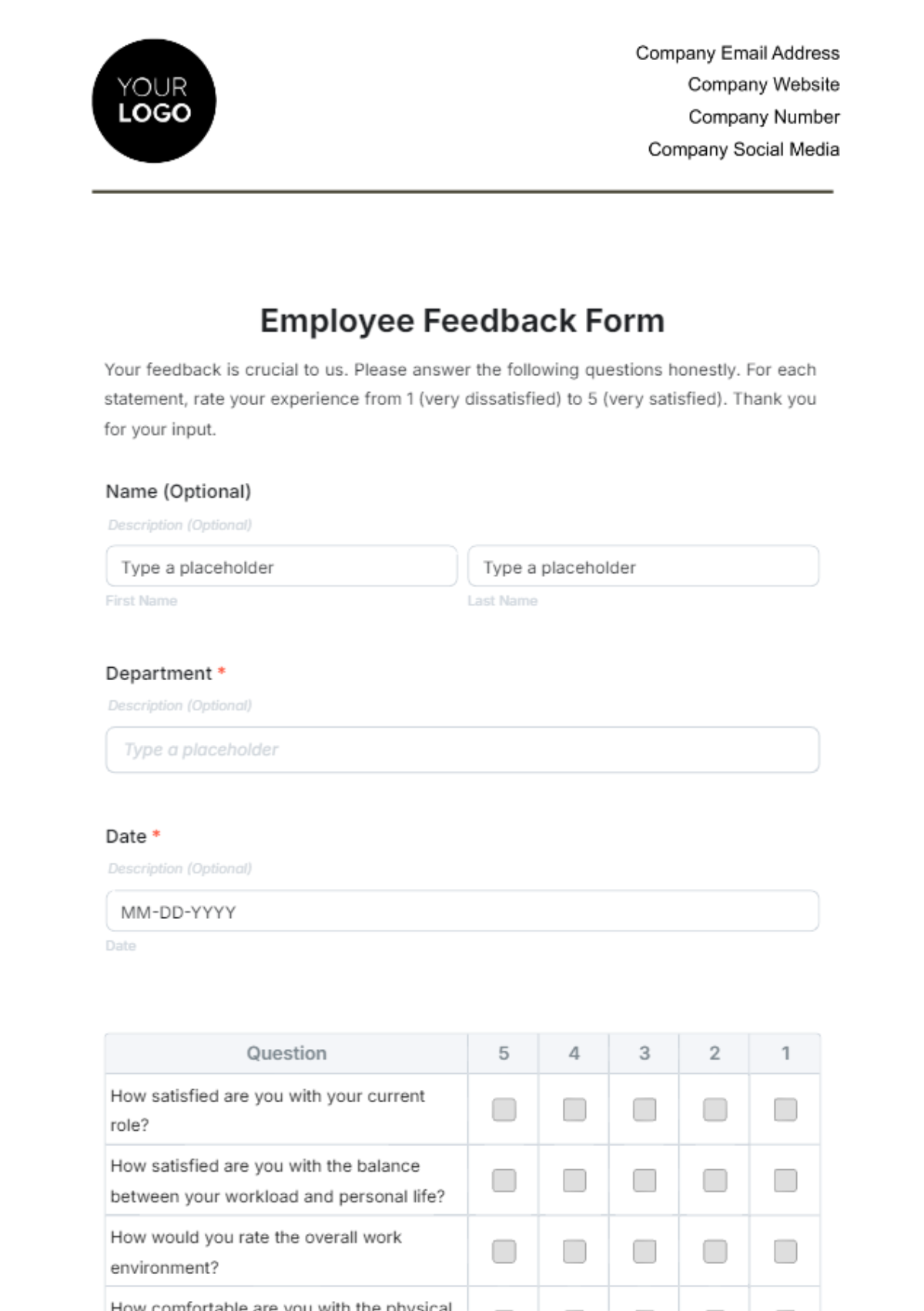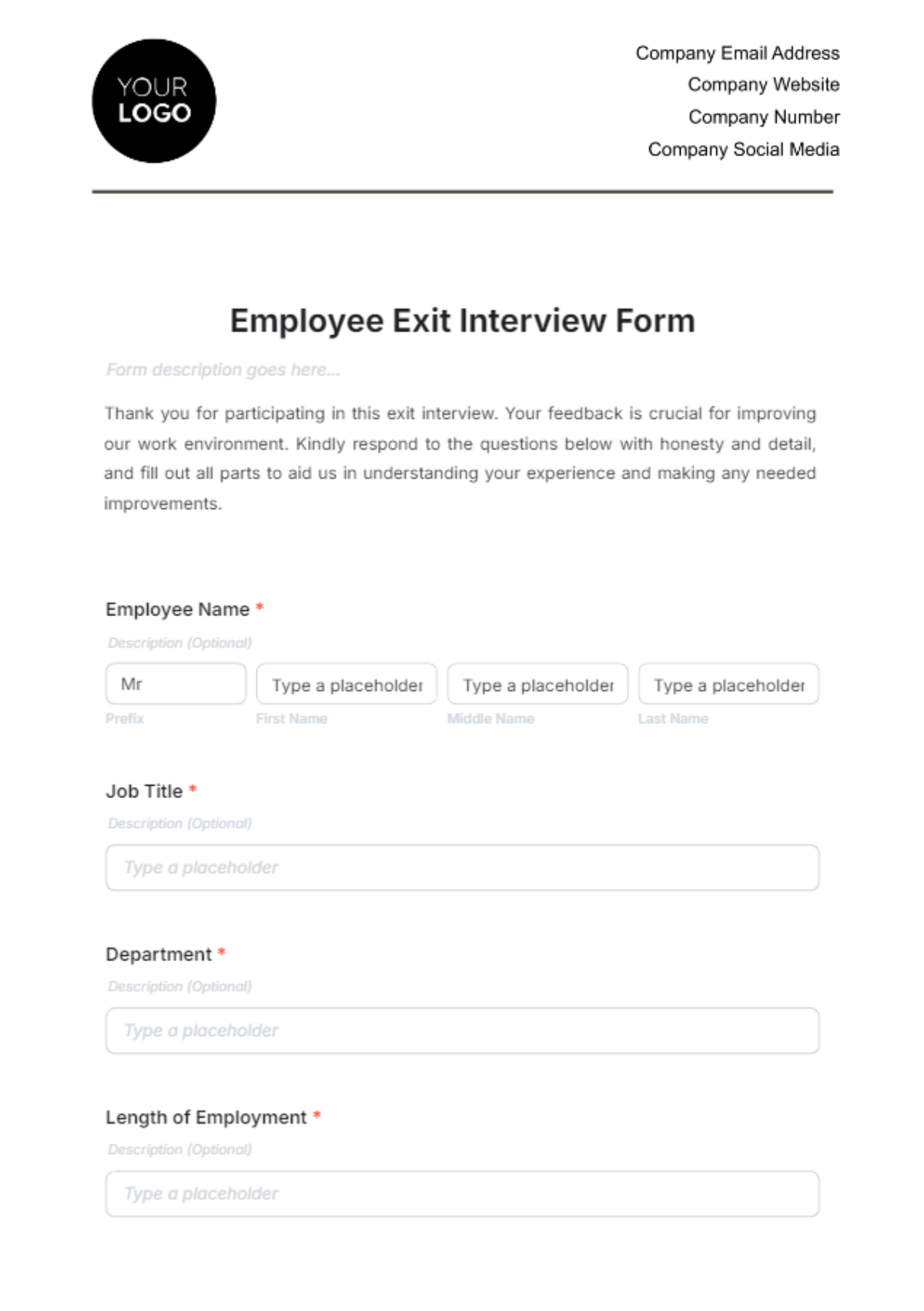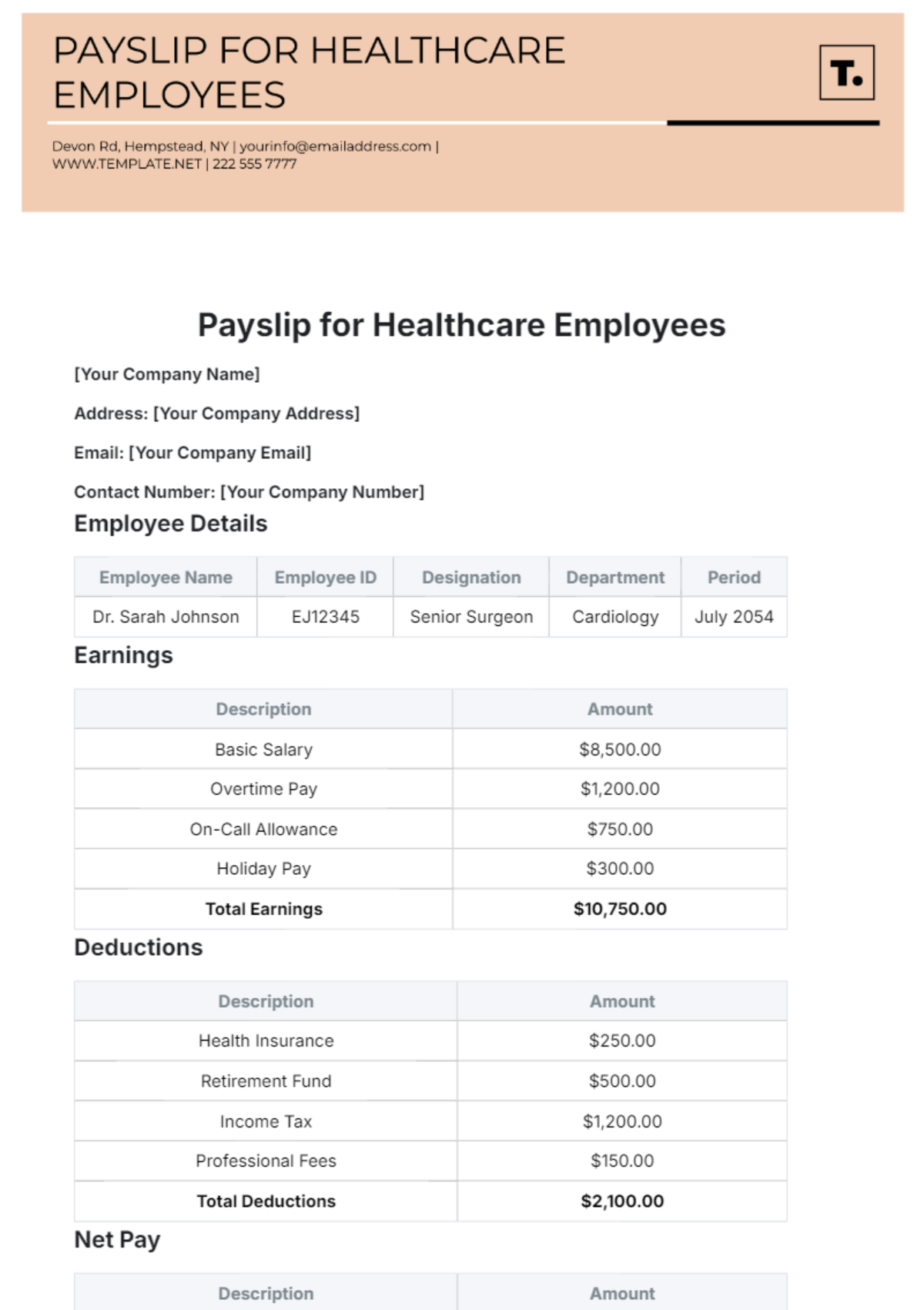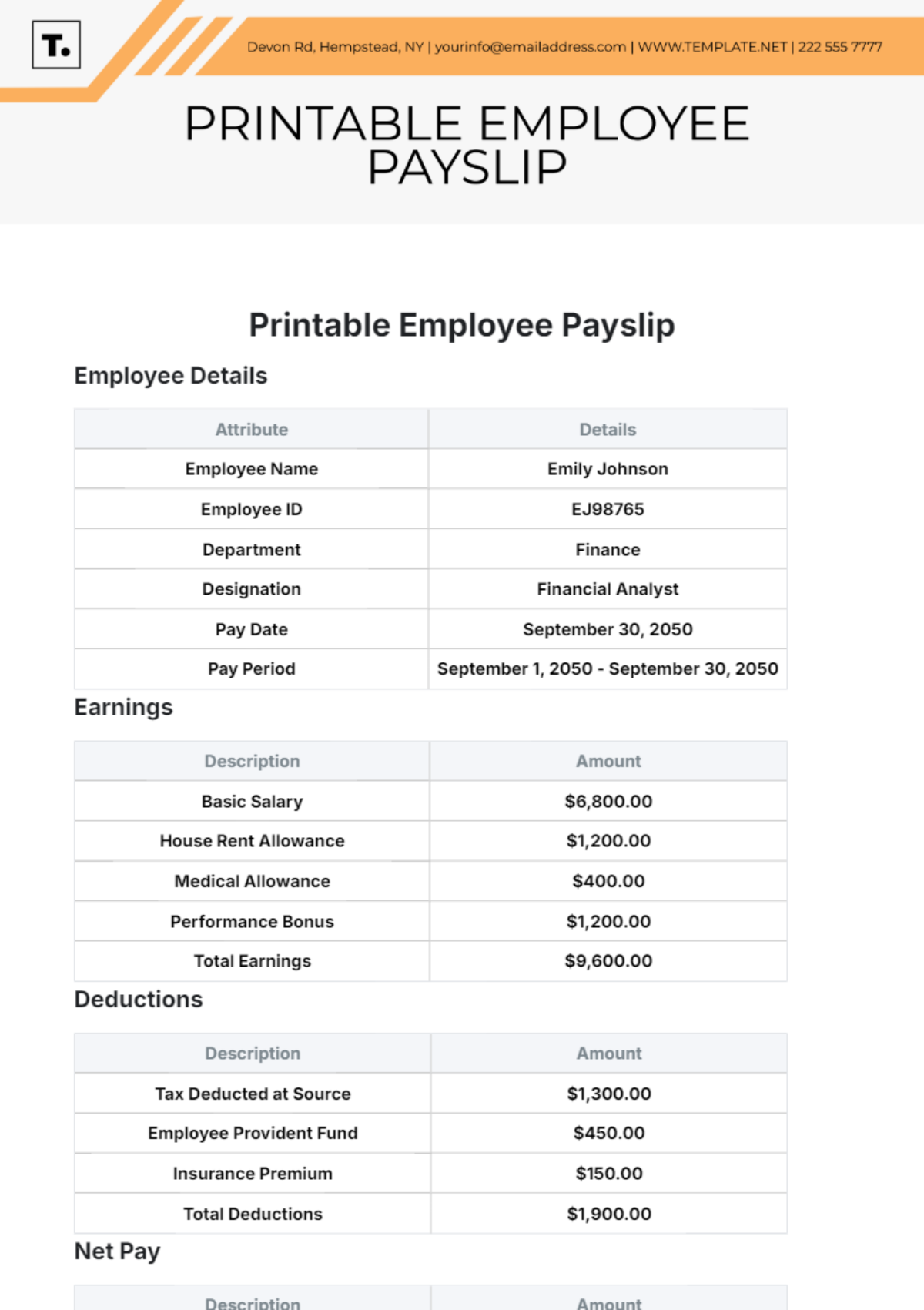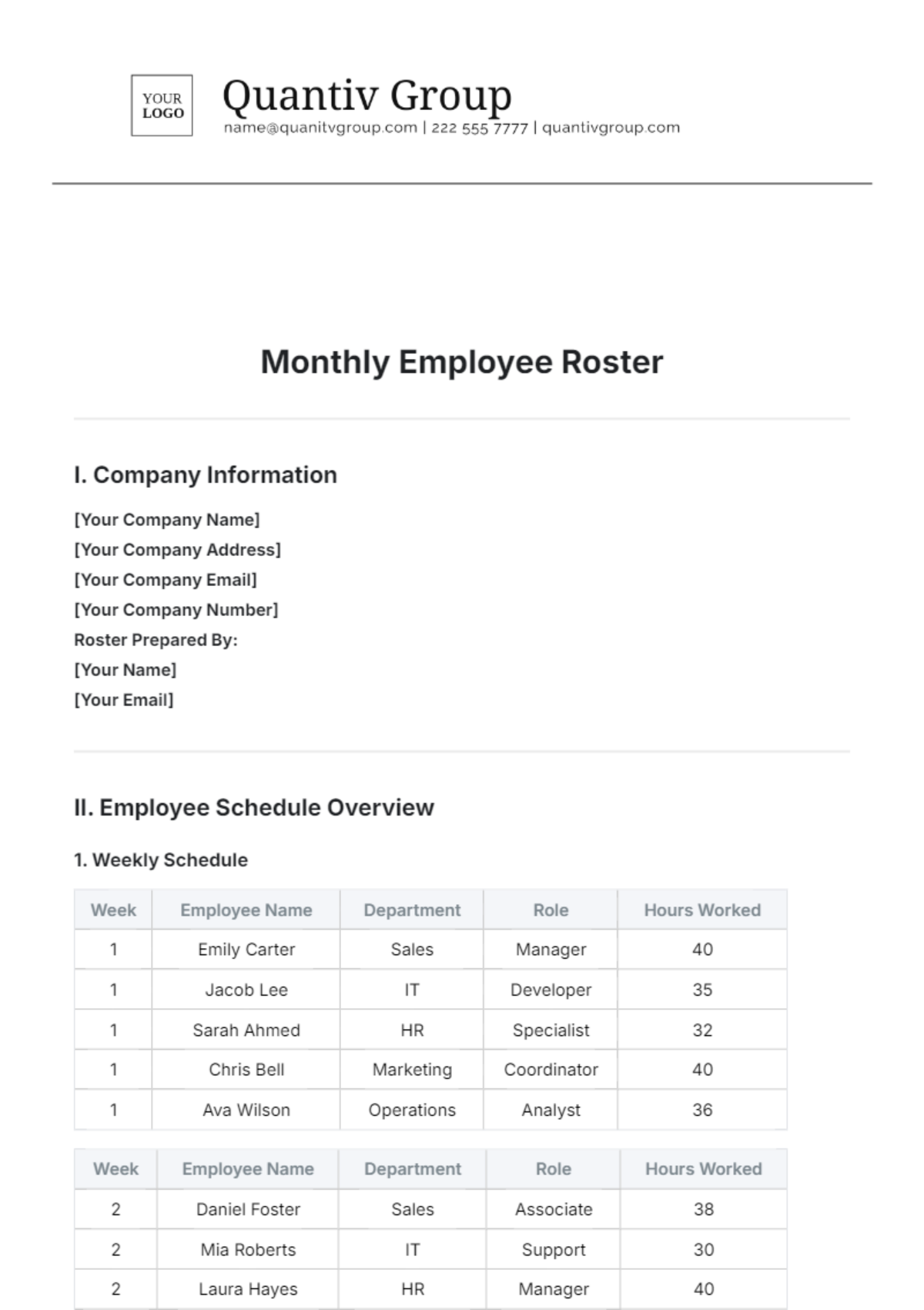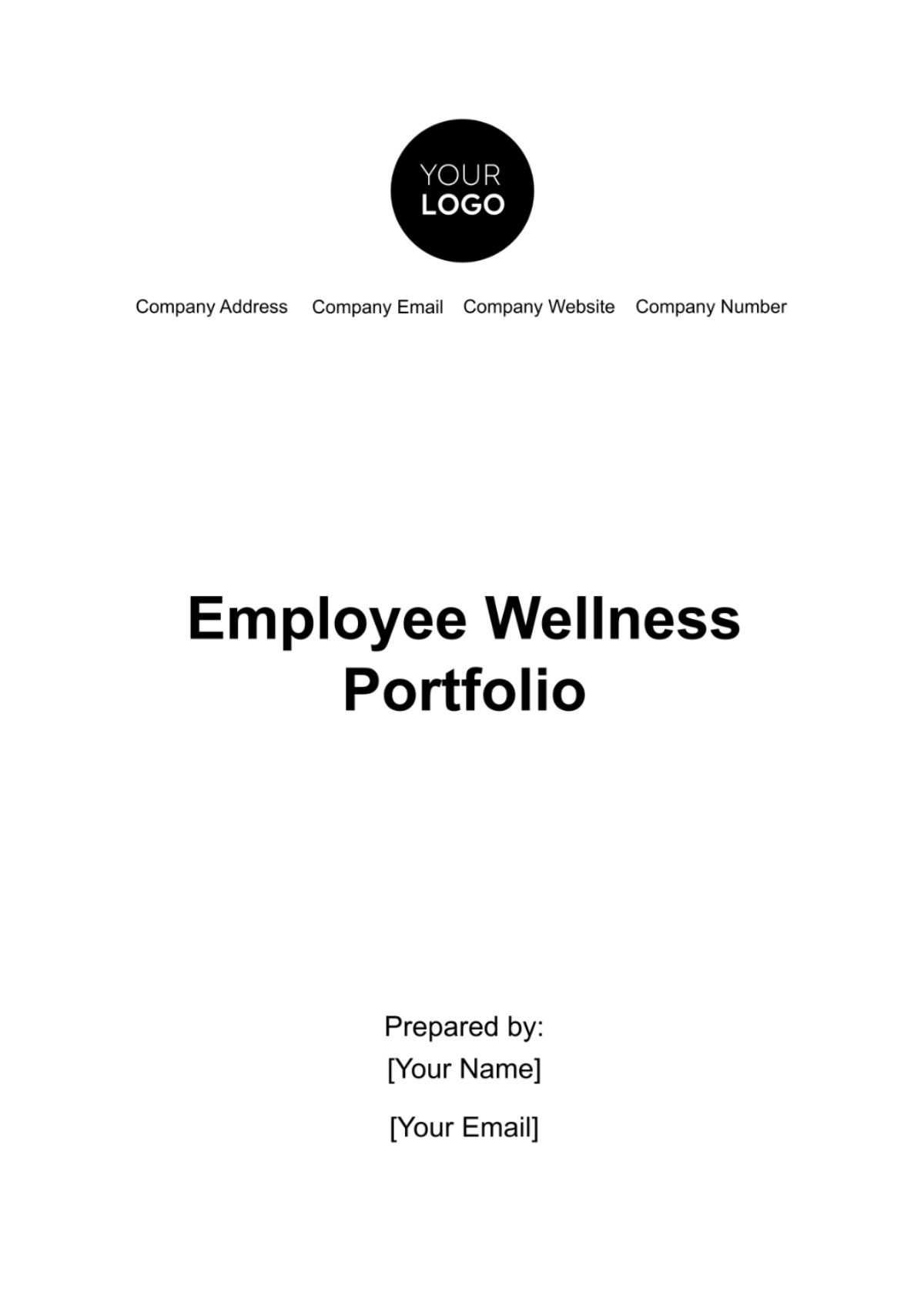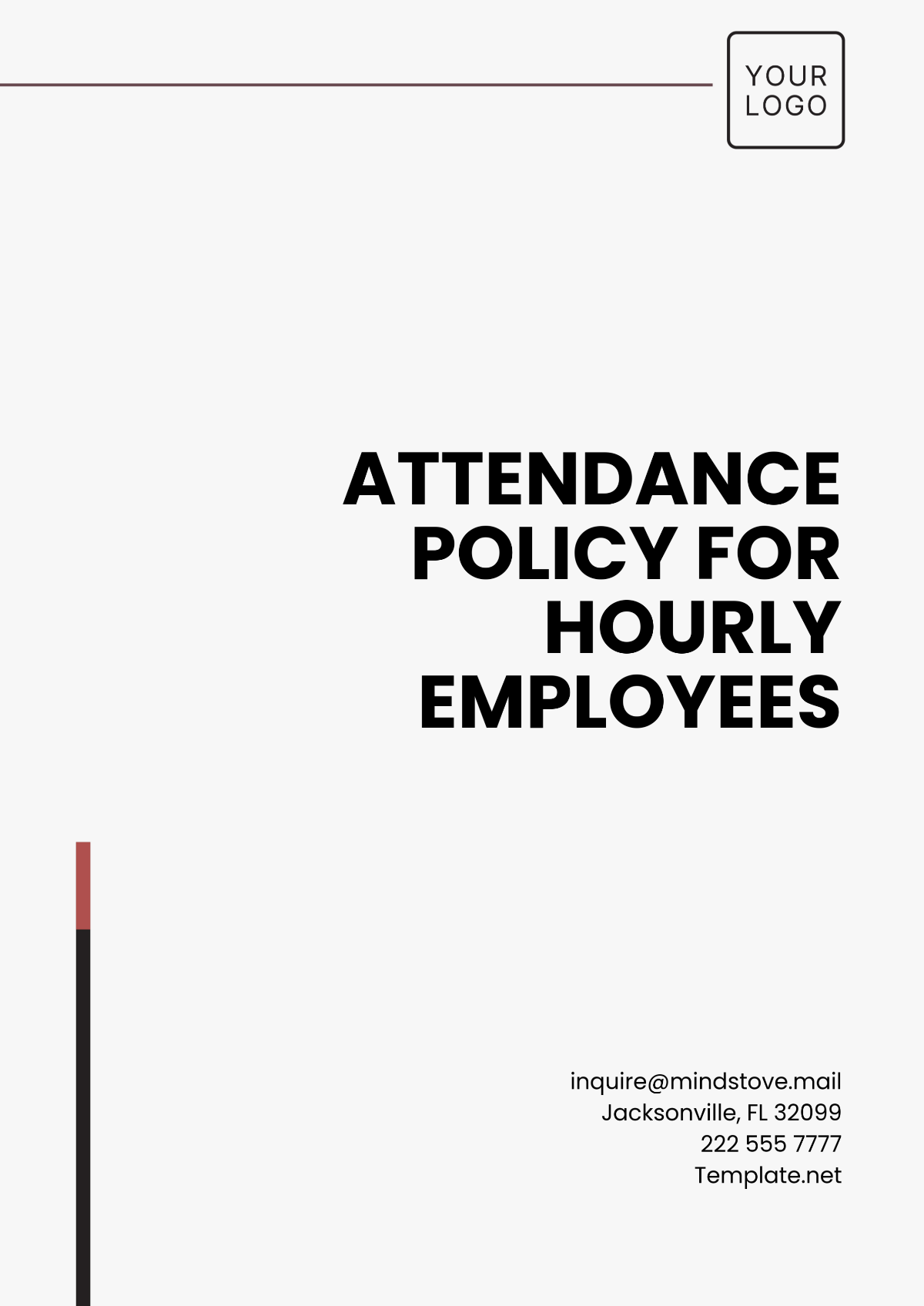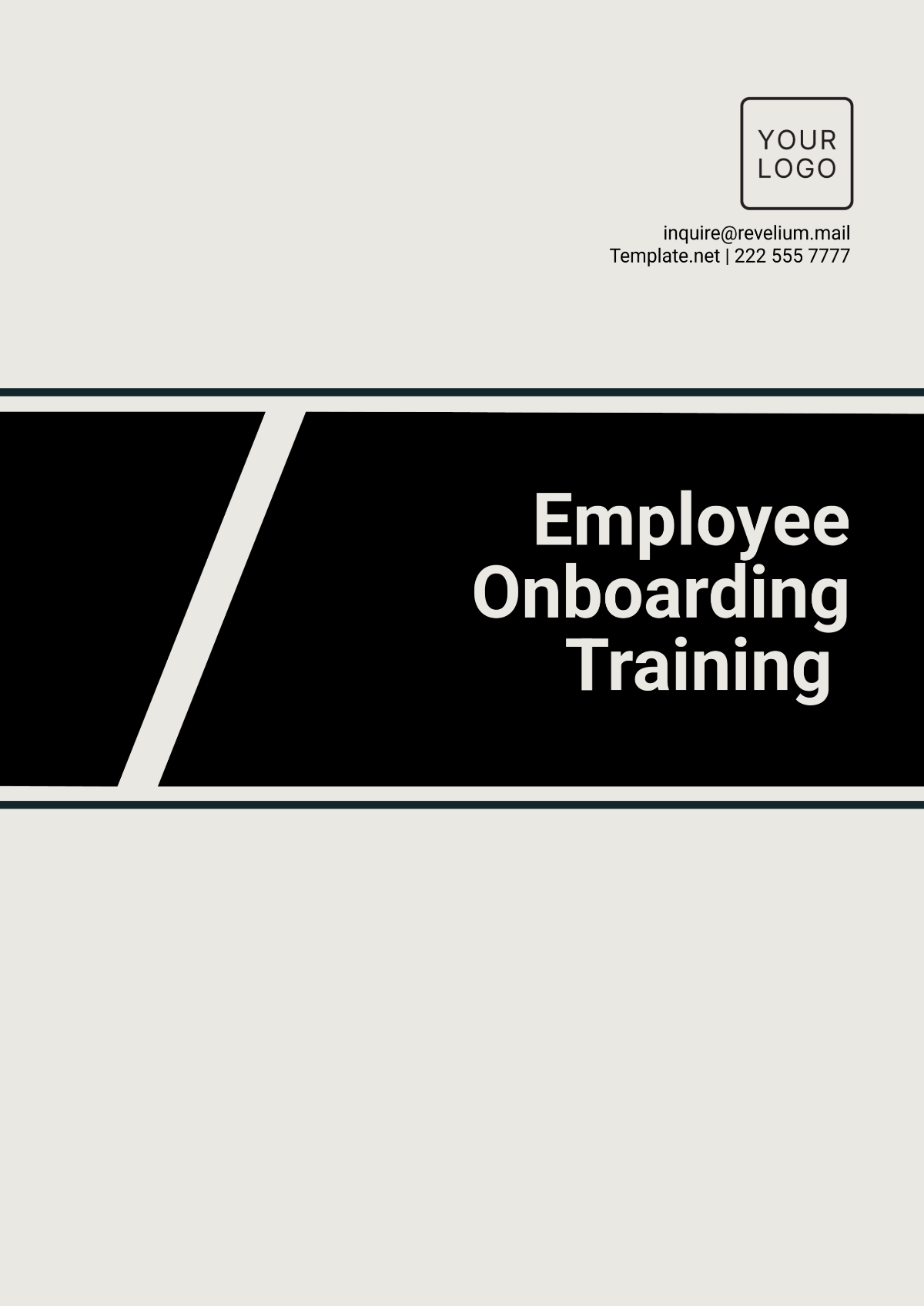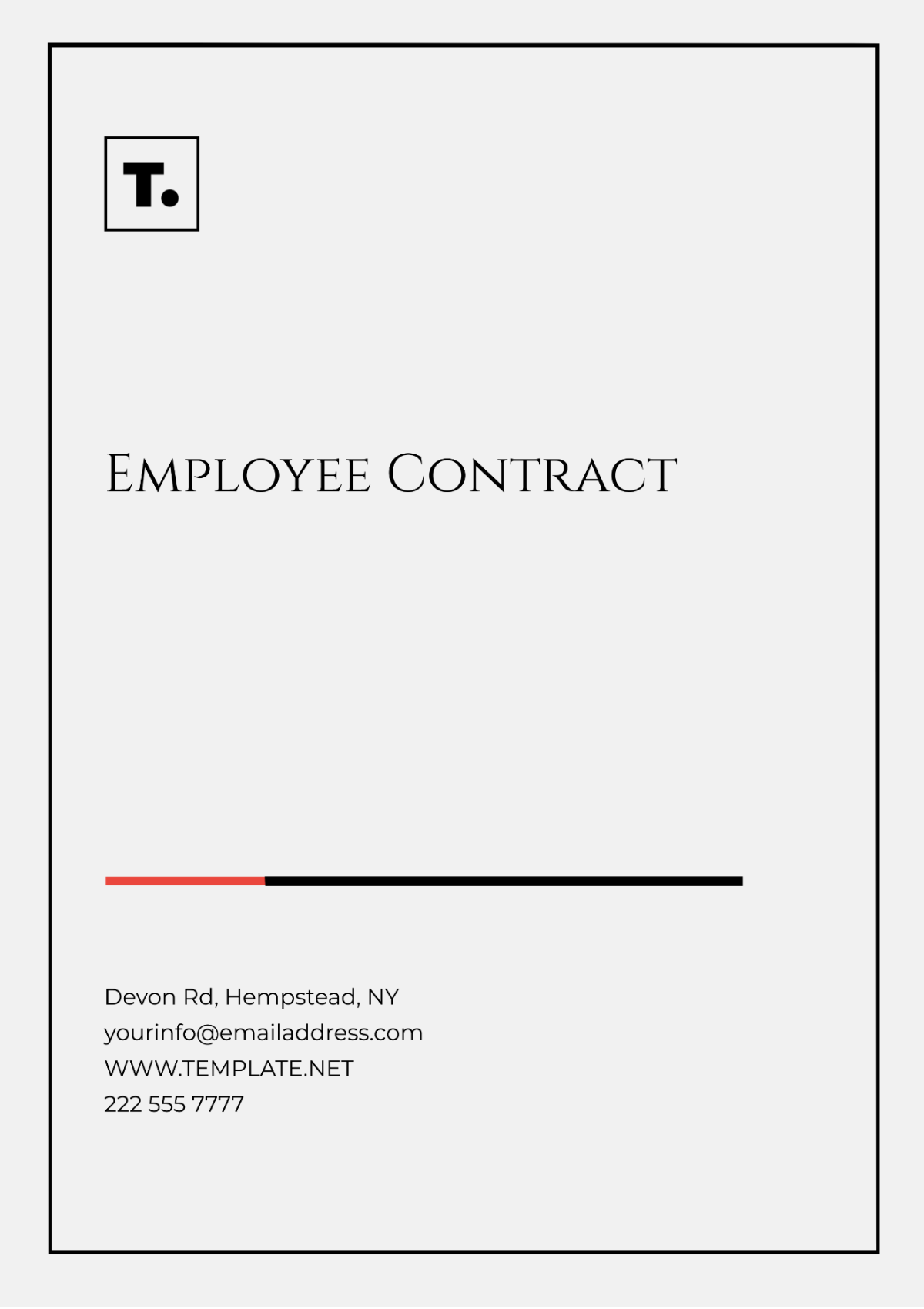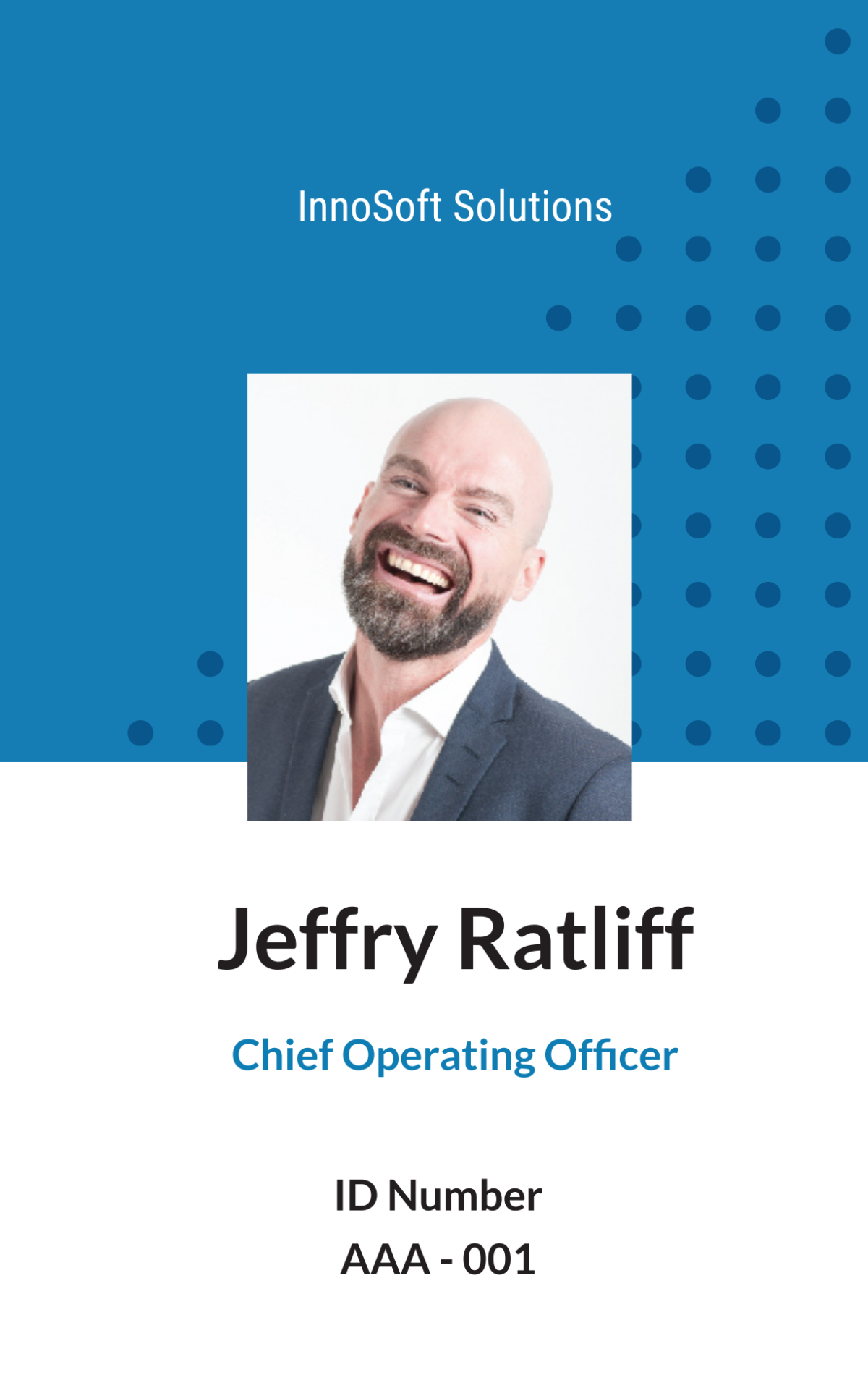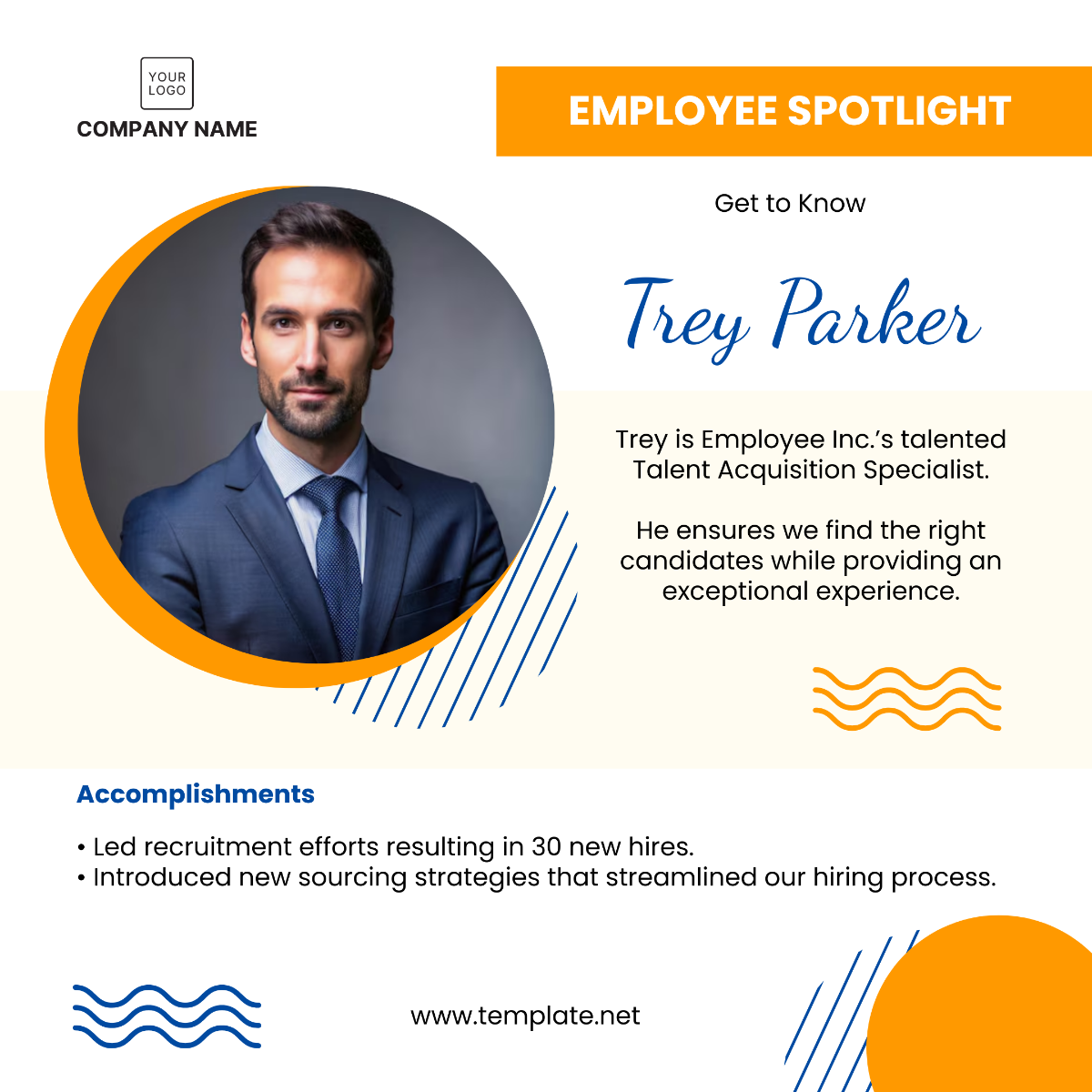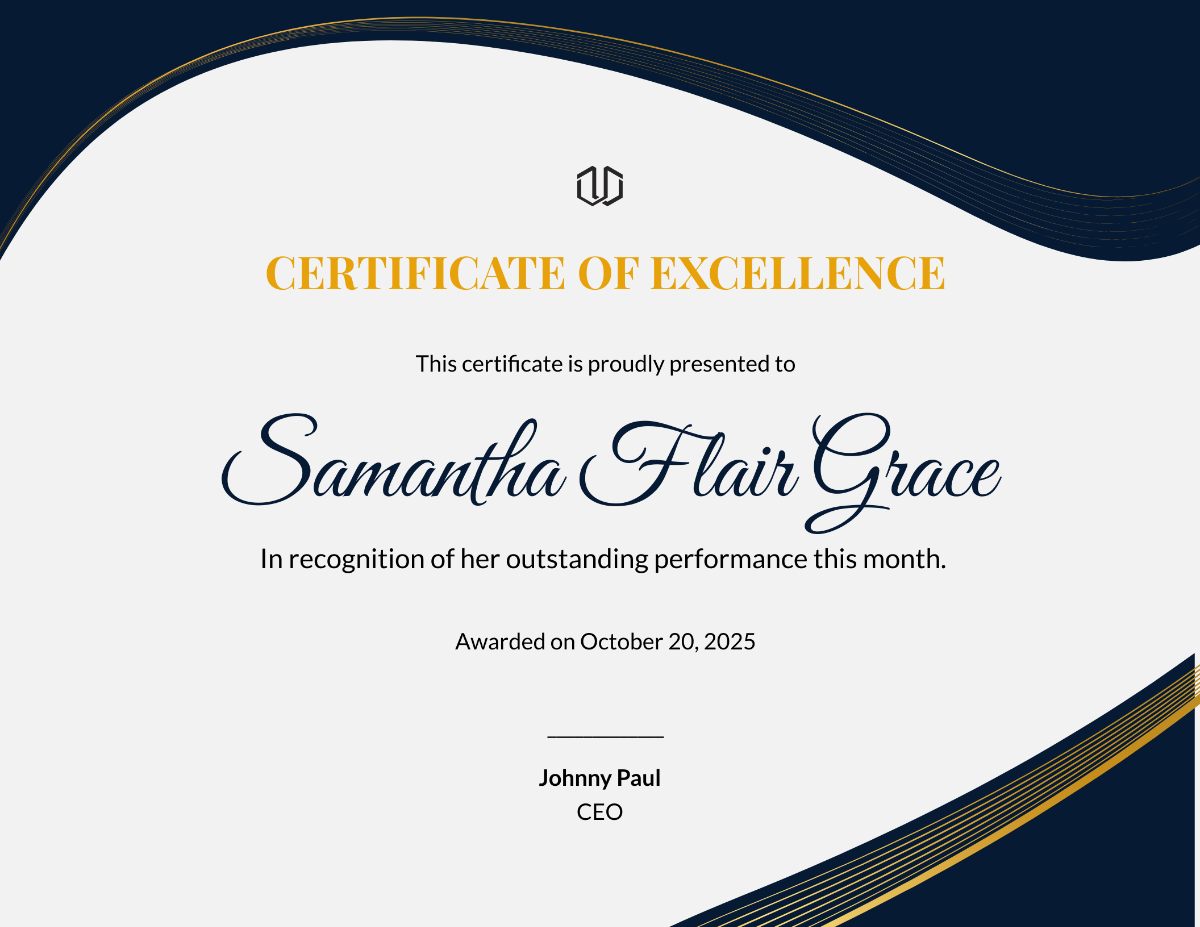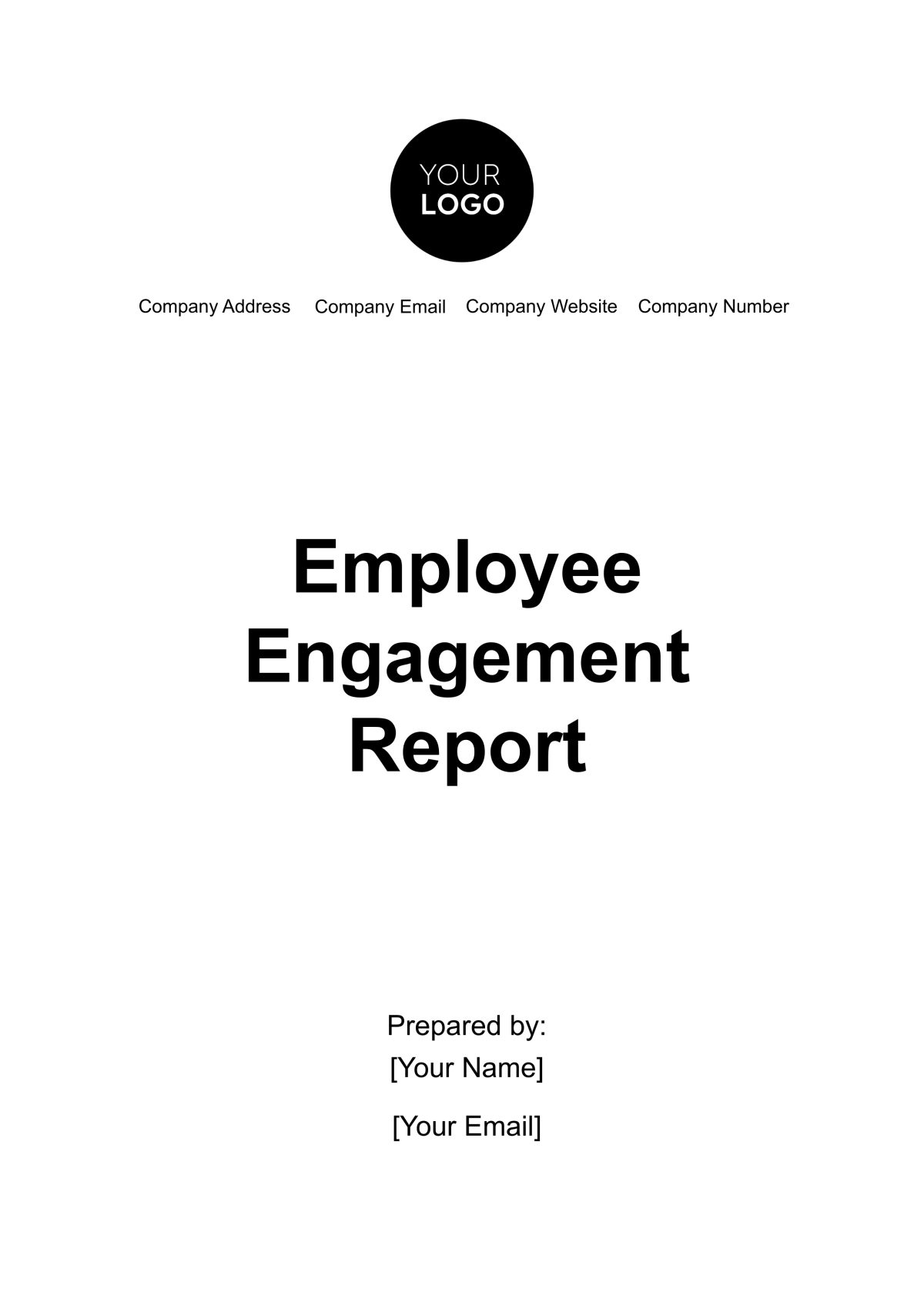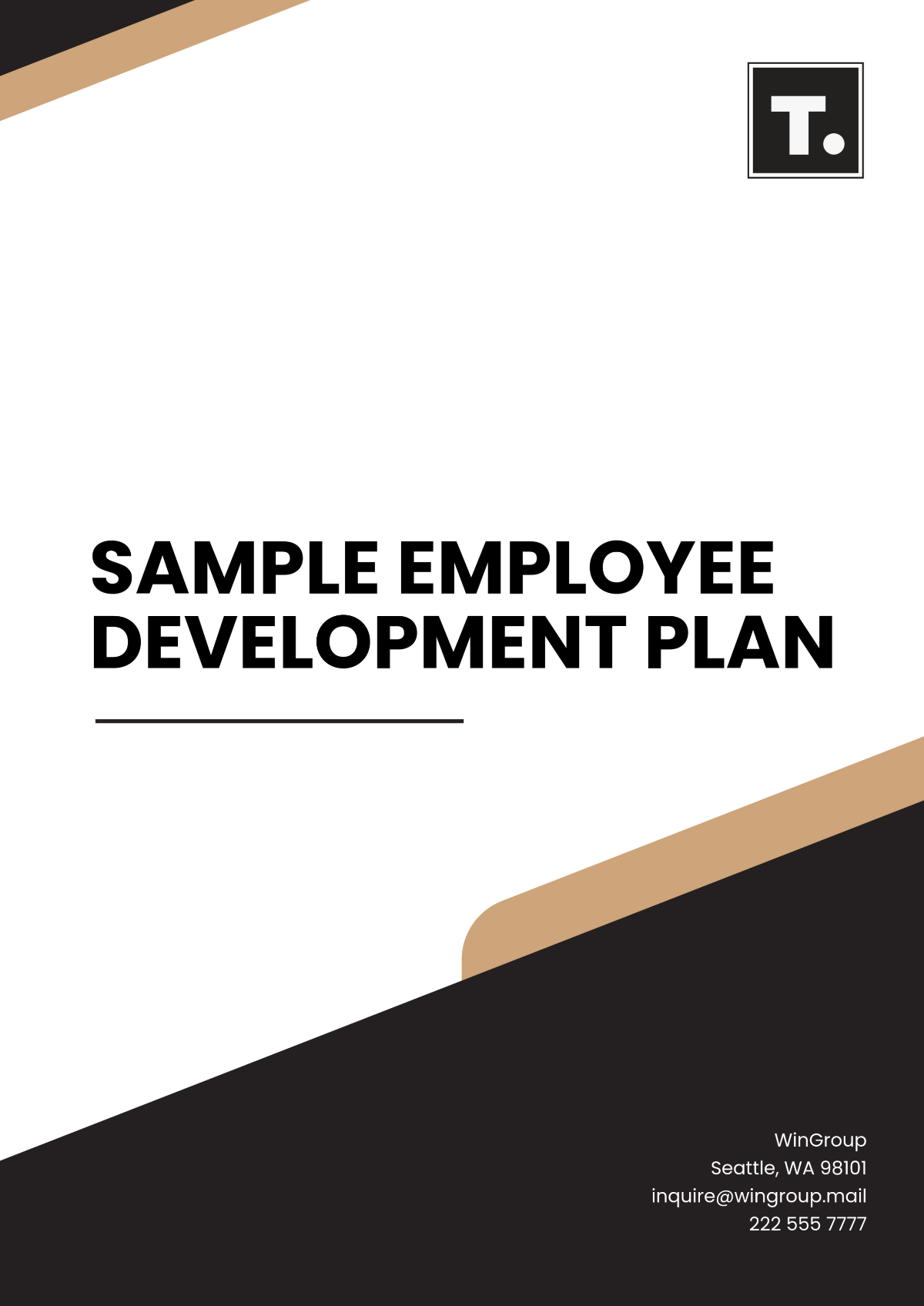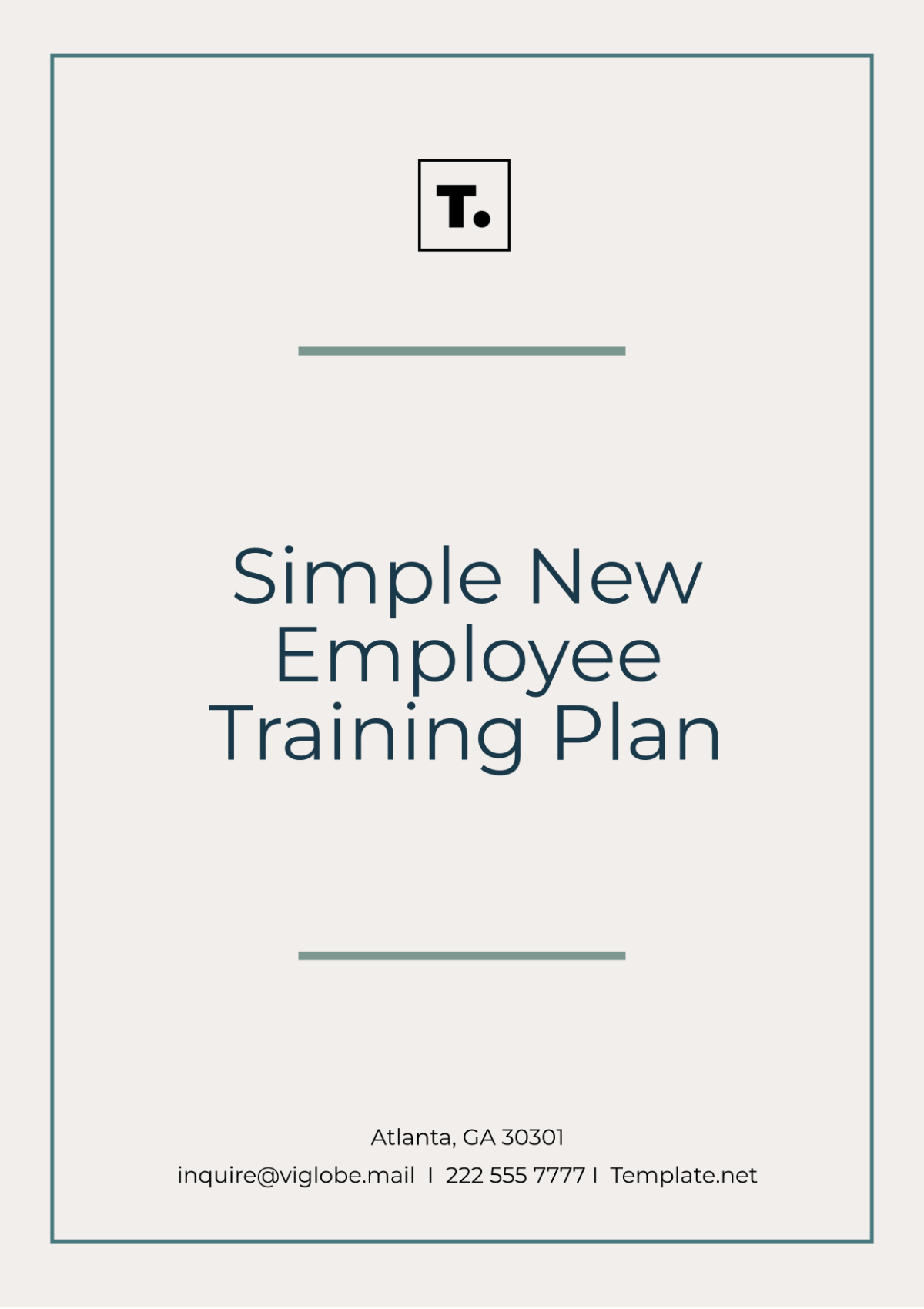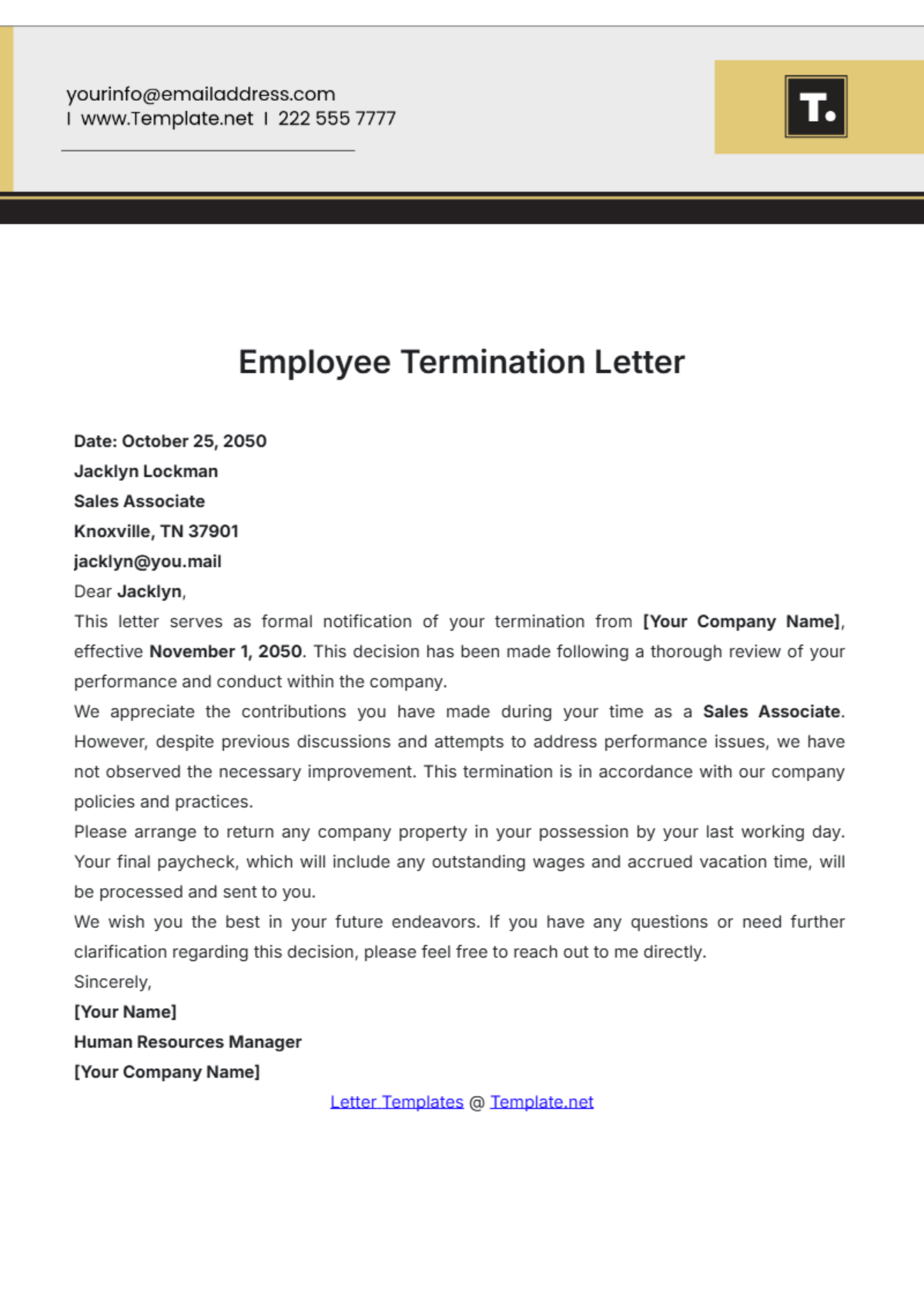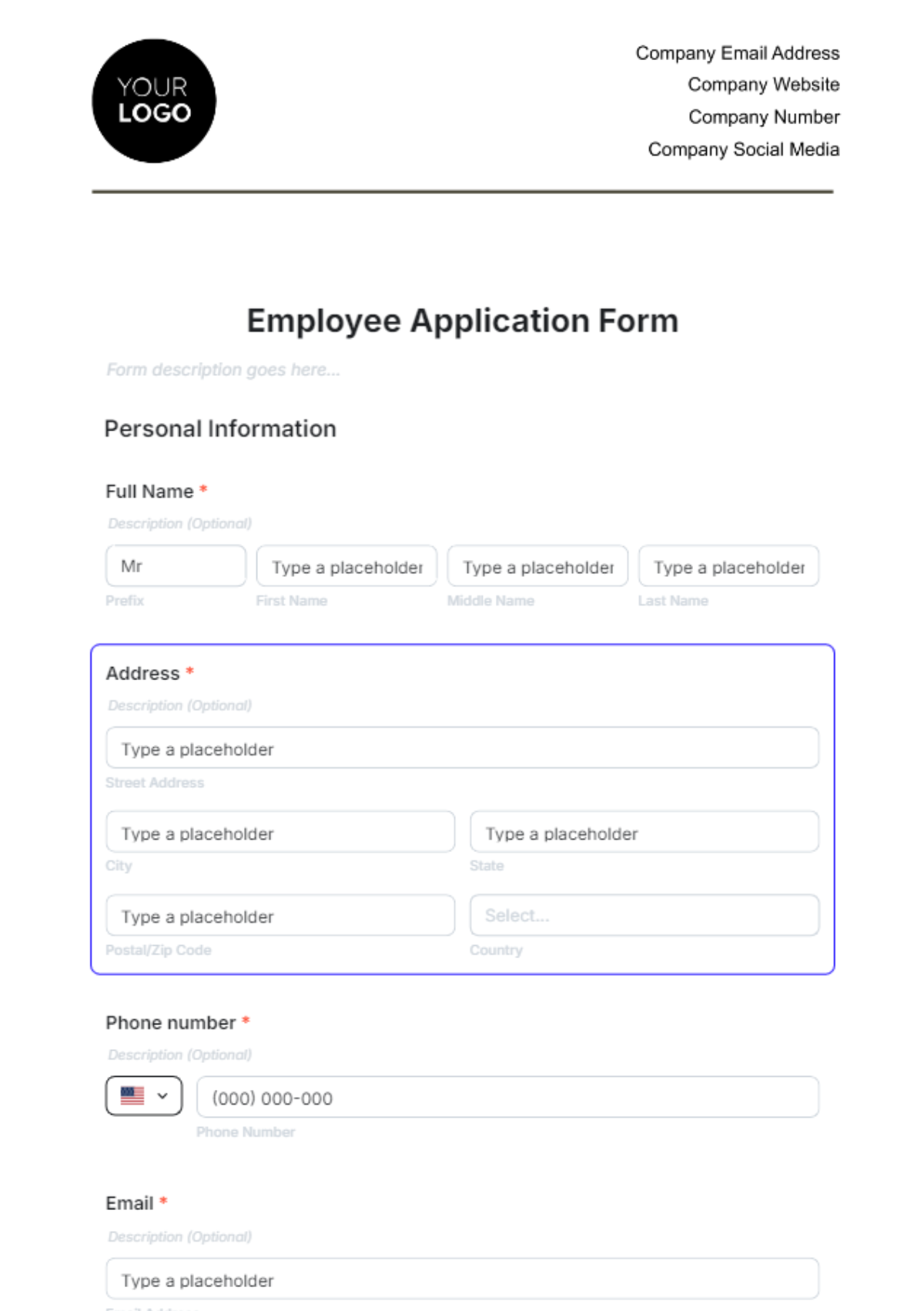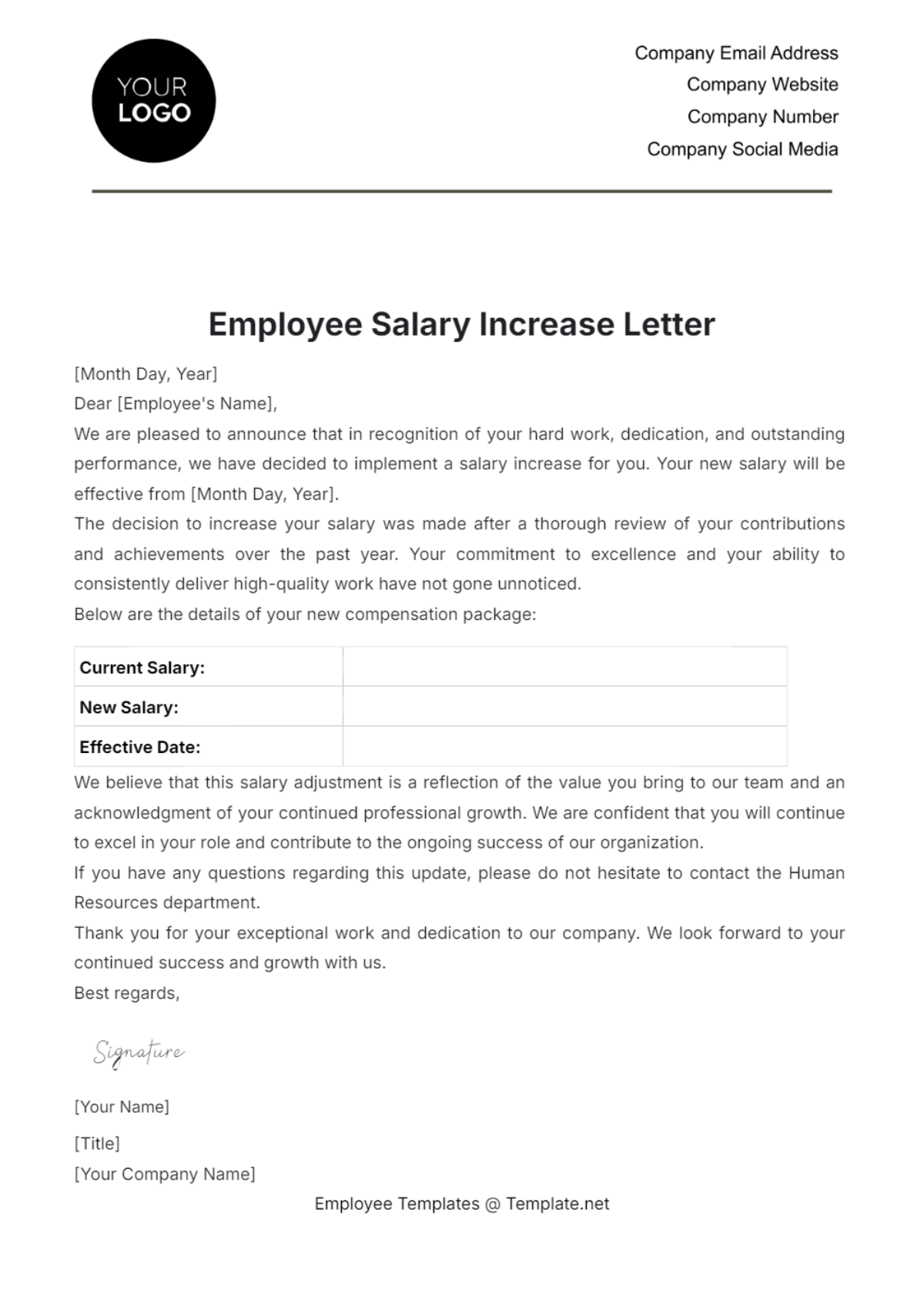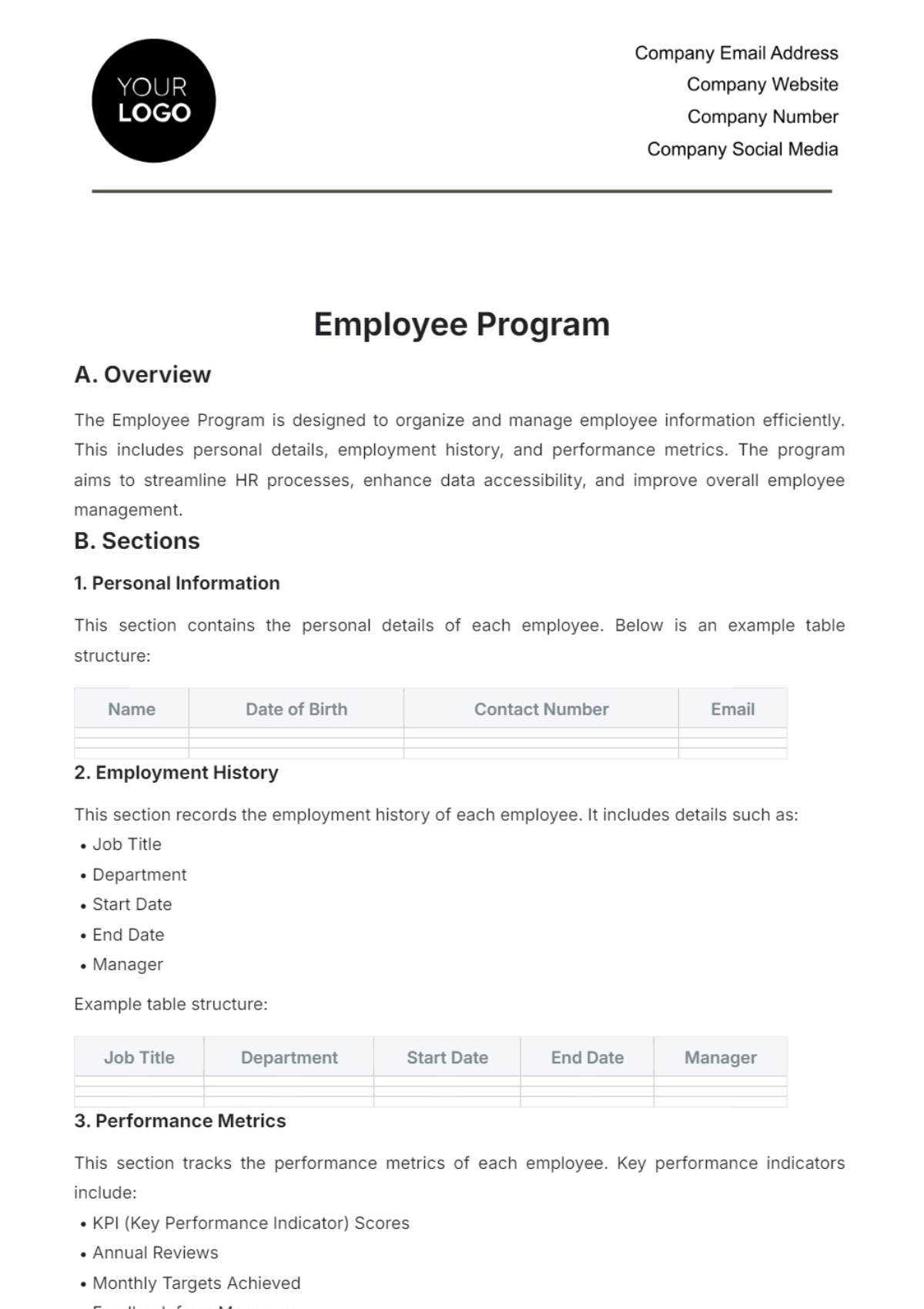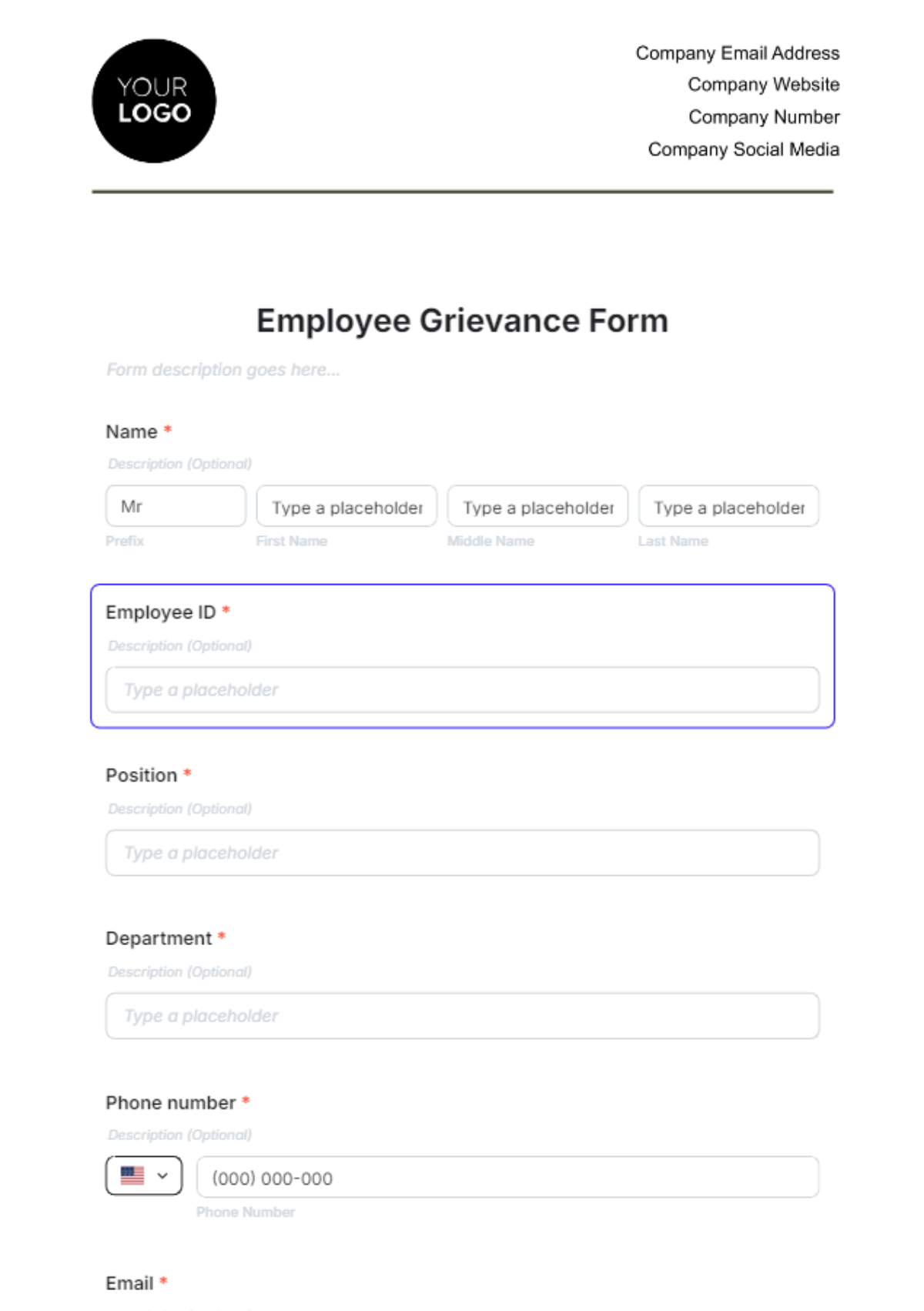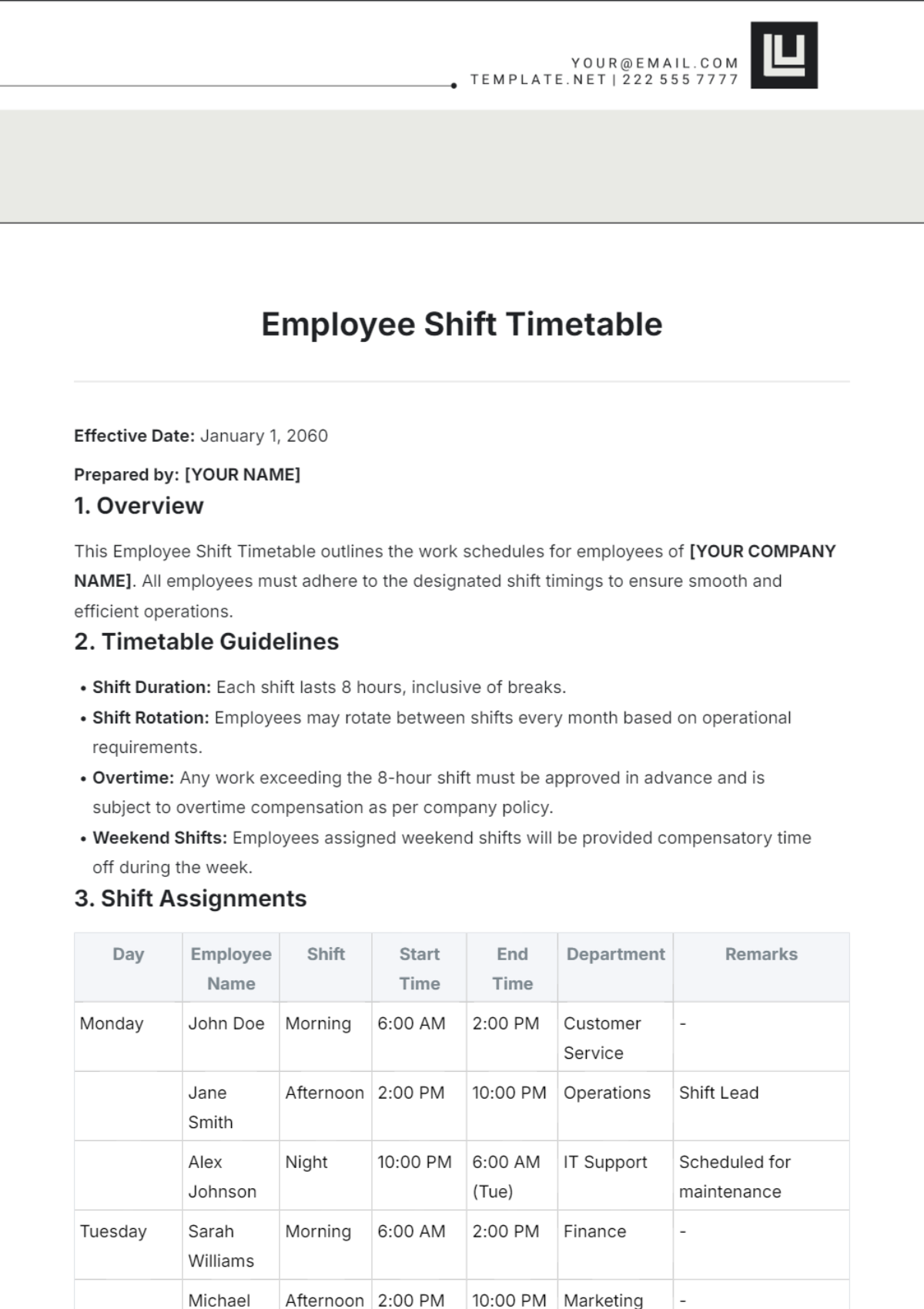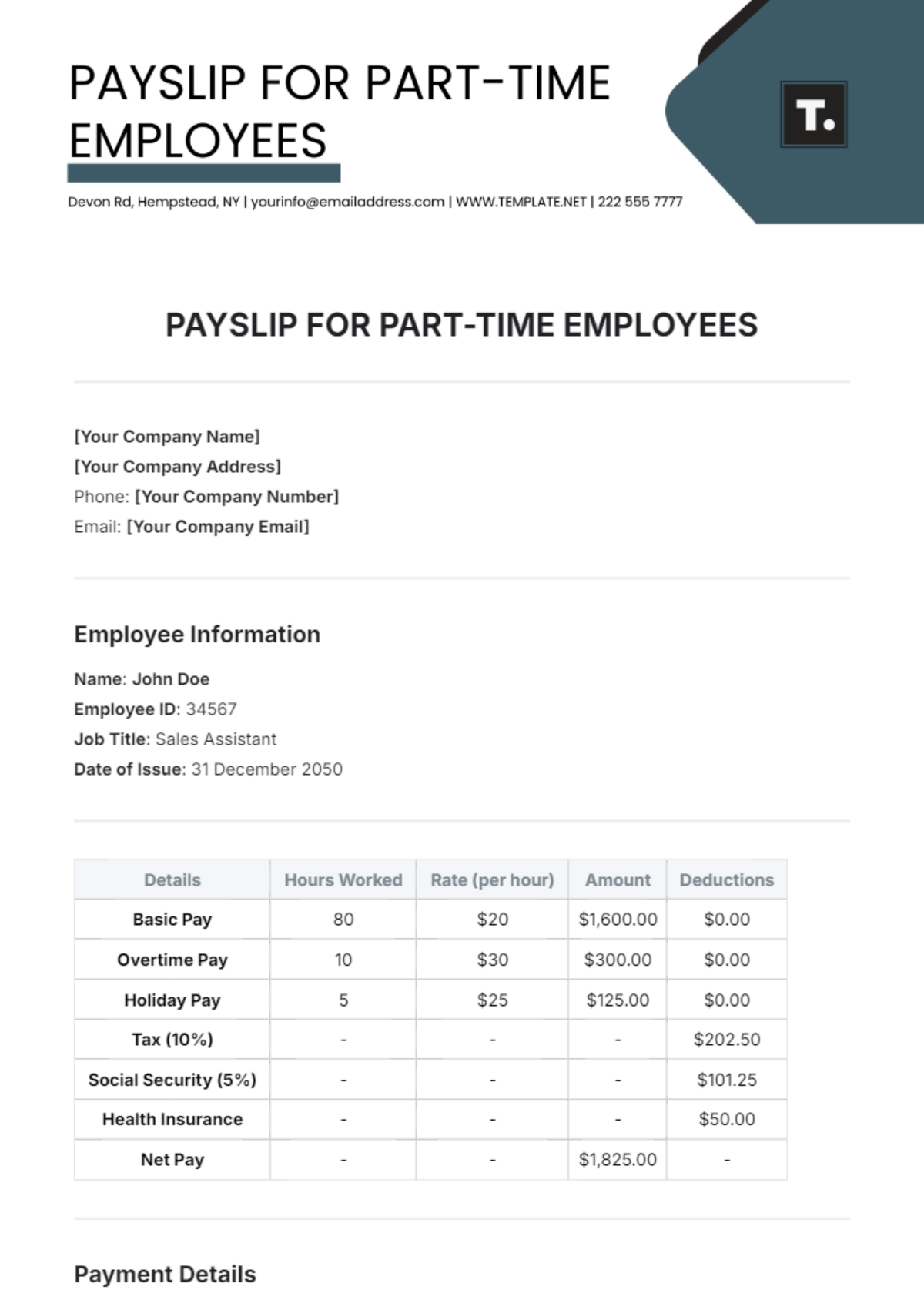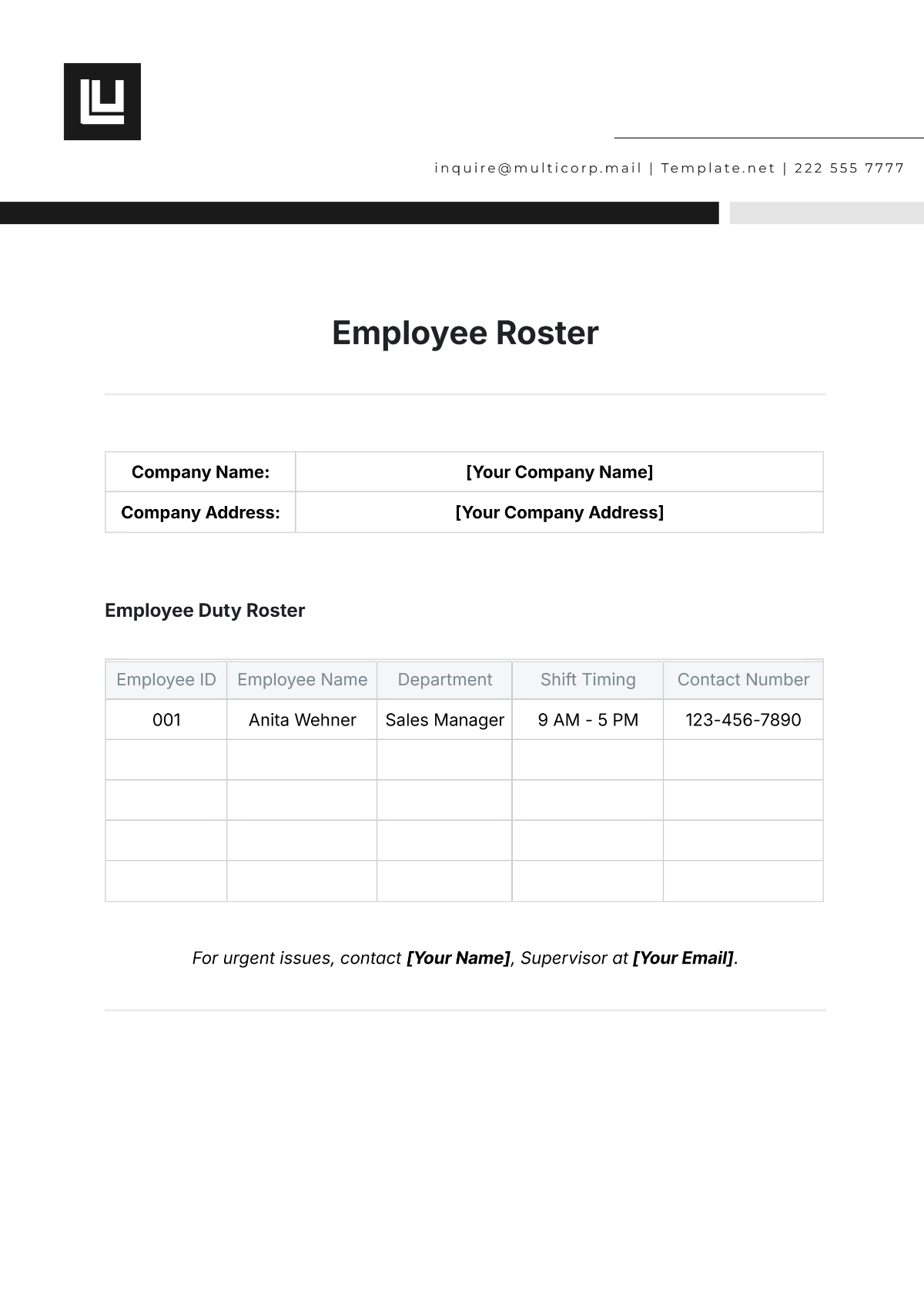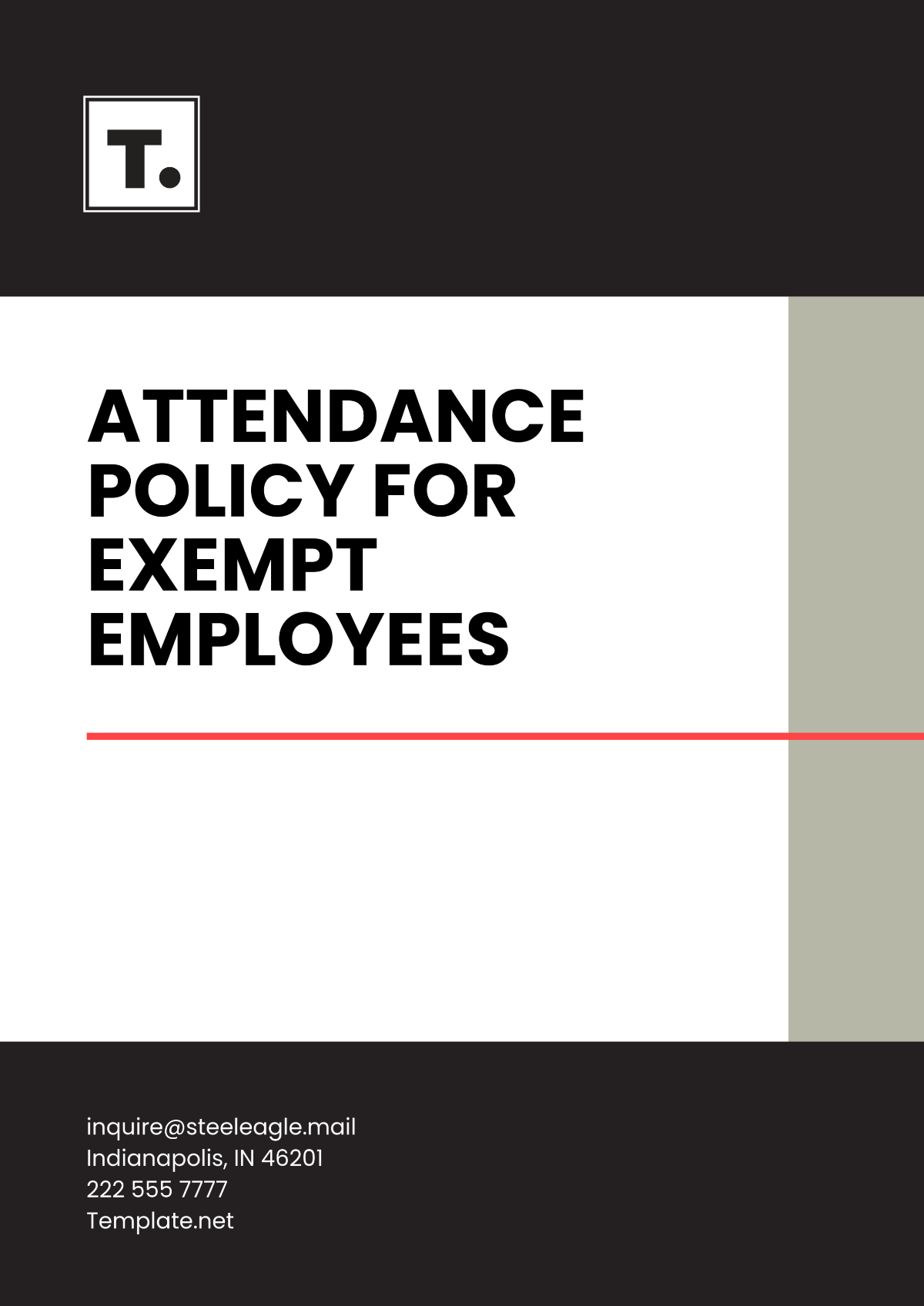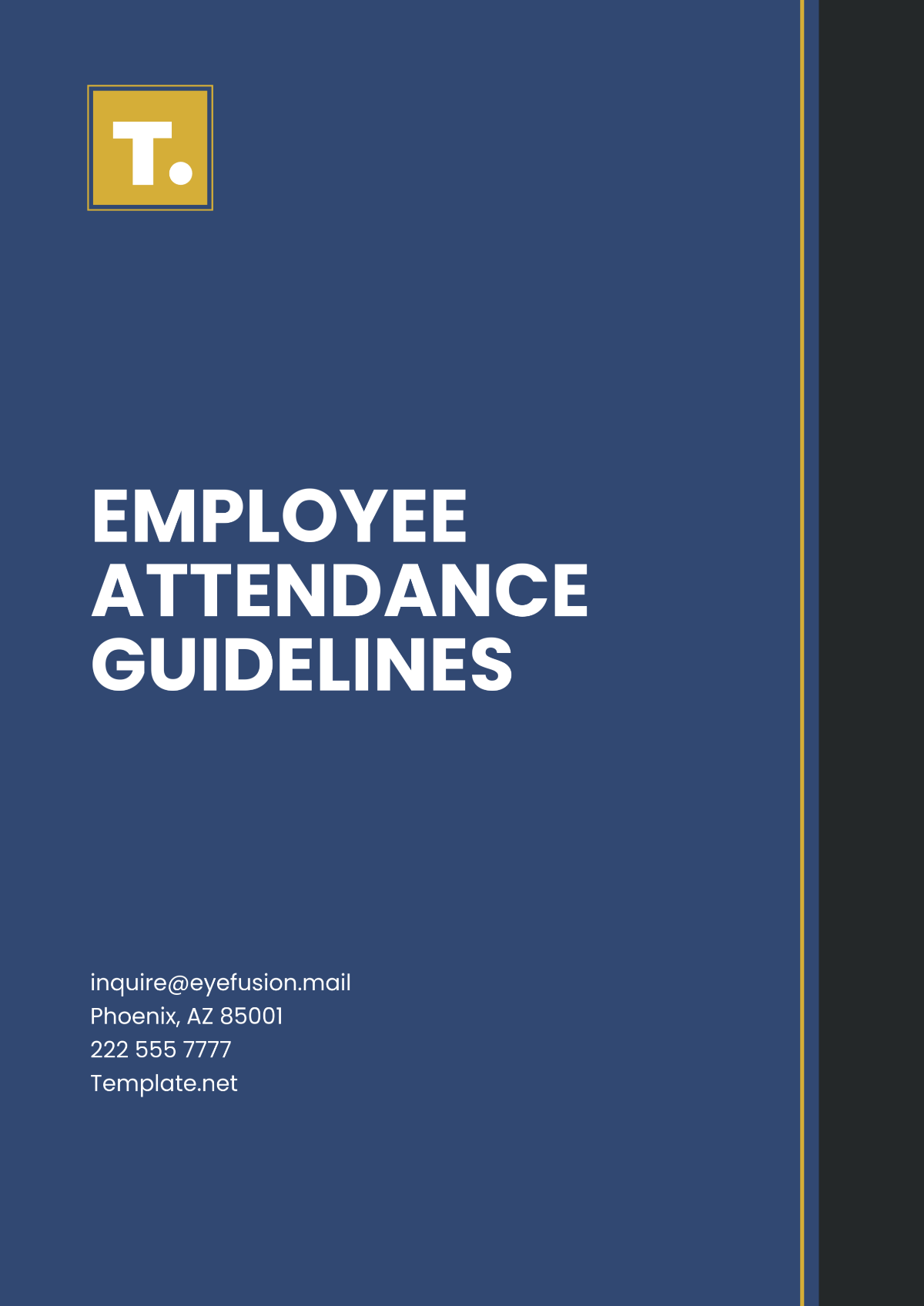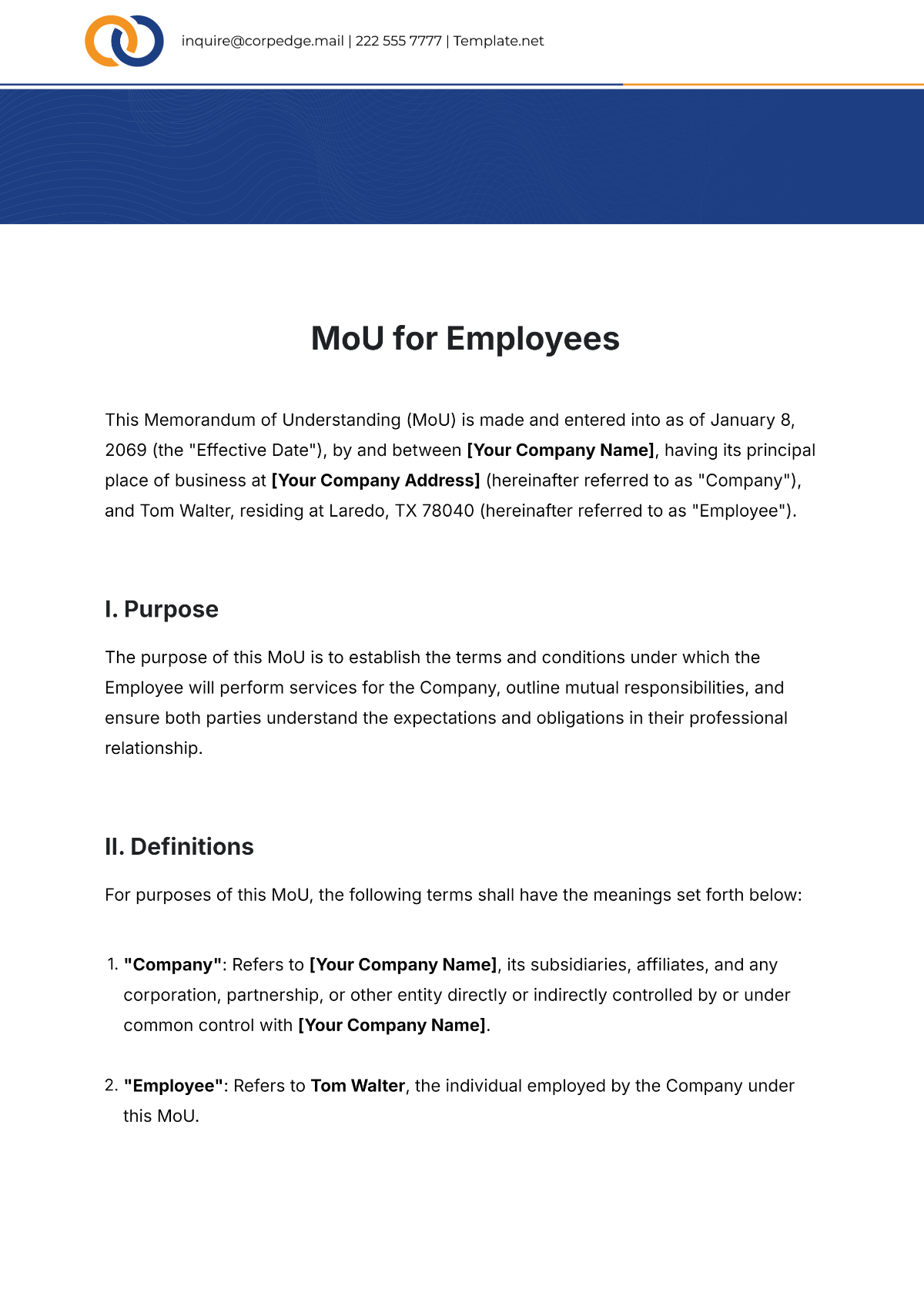Free Employee Referral & Integration Guide HR Template
Employee Referral & Integration Guide
TABLE OF CONTENTS
I. Introduction ........................................................................................................3
II. Why Employee Referrals Matter .......................................................................4
Benefits of Employee Referrals ....................................................................................4
Statistics on Employee Referral Success ....................................................................4
III. Creating an Effective Referral Program ...........................................................5
Setting Clear Objectives ...............................................................................................5
Designing Incentives .....................................................................................................5
Communicating the Program ........................................................................................5
IV. Referral Process: From Recommendation to Onboarding ...............................5
Identifying Potential Referral Candidates ....................................................................6
Making the Referral .......................................................................................................6
Evaluation and Screening ..............................................................................................7
Onboarding and Integration ..........................................................................................7
V. Tracking and Measuring Success ....................................................................8
Key Performance Metrics ..............................................................................................8
Continuous Improvement ..............................................................................................9
VI. Case Studies ..................................................................................................10
VII. Conclusion ....................................................................................................10
Introduction
Employee referrals are a powerful tool for attracting top talent while ensuring cultural fit within [Company Name]. This guide provides a comprehensive overview of the employee referral process and offers practical strategies for seamless integration. It aims to help you harness the potential of your existing workforce to enhance recruitment outcomes.
Power of Employee Referrals:
Employee referrals are not just another recruitment method; they are a powerful catalyst for identifying and attracting top talent. When your employees refer candidates, they become your organization's advocates, vouching for its reputation, culture, and opportunities.
Cultural Fit Assurance:
Employee referrals often result in candidates who seamlessly blend with your organization's culture. Since referrals are typically made by individuals who understand your company's ethos, values, and work environment, this process inherently filters for cultural alignment.
Comprehensive Overview:
In this guide, we offer more than just a surface-level explanation of employee referrals. We provide a comprehensive, end-to-end understanding of the entire referral process, ensuring you have the knowledge and tools needed to implement and optimize a successful program.
Practical Strategies:
Beyond theory, we delve into the practical strategies that will empower you to seamlessly integrate employee referrals into your recruitment ecosystem. From program design to communication and continuous improvement, we offer actionable insights.
Enhancing Recruitment Outcomes:
Our overarching goal is to help you enhance your recruitment outcomes. Employee referrals, when effectively managed, can significantly improve the quality of candidates, speed up the hiring process, reduce costs, and increase employee engagement.
Why Employee Referrals Matter
Benefits of Employee Referrals
Employee referrals offer numerous advantages for both employers and employees:
Quality Hires: Referrals often result in higher-quality candidates who are a better cultural fit.
Cost-Effective: Compared to traditional recruitment methods, employee referrals can be more cost-effective.
Faster Hiring: The referral process typically shortens the hiring timeline.
Higher Retention: Referral hires tend to stay longer in their roles.
Statistics on Employee Referral Success
Here are some eye-opening statistics that highlight the effectiveness of employee referrals:
Metric Data | Data |
Hiring Rate | 45% of all hires are referrals |
Retention Rate | Referral hires stay 46% longer |
Cost per Hire | 28% less for referral hires |
Job Satisfaction | 88% of employees refer others |
Creating an Effective Referral Program
Before diving into the intricacies of the referral process, it's essential to establish a robust framework for [Company Name] employee referral programs. This provides a strategic perspective on creating an effective referral program that will serve as the backbone of your talent acquisition strategy:
Setting Clear Objectives
Define clear objectives for your referral program. These might include hiring goals, diversity targets, or specific roles you're looking to fill. Establishing clear objectives ensures alignment with your overall recruitment strategy.
Designing Incentives
Incentives are a key driver for successful referral programs. Consider offering cash rewards, bonuses, or other incentives that motivate employees to actively participate.
Communicating the Program
Effective communication is crucial. Promote the referral program through various channels, such as email, internal newsletters, and team meetings. Ensure that employees understand the program's benefits and mechanics.
By setting clear objectives, designing appealing incentives, and ensuring effective communication, you lay the groundwork for a successful employee referral program. With this foundation in place, you can move on to the practical steps of identifying, referring, evaluating, and integrating candidates effectively.
Referral Process: From Recommendation to Onboarding
Navigating the referral process effectively is pivotal to leveraging the potential of your employee referral program. This section elaborates on the key stages from identifying potential referral candidates to their seamless onboarding and integration:
Identifying Potential Referral Candidates
Encouraging your employees to refer candidates who align with the [Company Name] culture and job requirements is the first step toward a successful referral program. To ensure clarity and efficiency in this process, consider implementing the following strategies:
Clear Guidelines
Provide clear guidelines on what constitutes a strong referral. This prevents unnecessary or mismatched submissions and empowers employees to identify candidates who truly align with the organization.
Cultural Alignment
Emphasize the importance of cultural alignment. Encourage employees to refer individuals who not only possess the required skills but also share the company's values, fostering a sense of belonging and cohesion.
Job Requirements
Educate employees about the specific job requirements for the positions you are seeking to fill. When employees understand these needs, they can make more informed referrals.
Making the Referral
Employees should submit referrals through a user-friendly online platform. Ensure that the process is straightforward and that employees can easily track the progress of their referrals.
Online Platform
Implement an online referral platform that simplifies the submission process. Ensure that employees can easily access this platform from various devices and locations.
Transparency
Offer transparency in the referral process by allowing employees to track the progress of their referrals. This keeps employees engaged and informed about the status of their recommendations.
Evaluation and Screening
Every referral should go through the same rigorous screening process as other candidates.
Uniform Criteria
Apply uniform criteria to evaluate all candidates, regardless of whether they were referred or not. This ensures that each candidate is assessed based on the same standards, minimizing the potential for bias.
Rigorous Screening
Subject every referral to the same rigorous screening process as other candidates. This includes skills assessments, interviews, and background checks. Objective evaluation guarantees that referrals are qualified and competent.
Onboarding and Integration
Once a referral is hired, a seamless onboarding process is critical.
Personalized Onboarding
Tailor the onboarding experience to the individual's needs and role. Provide the necessary training, resources, and support to help the new employee acclimate to their new environment.
Mentorship
Consider assigning a mentor or buddy to assist with the integration process. This provides a valuable support system and aids in building relationships within the organization.
Continuous Support
Ensure that the new hire receives ongoing support during the early stages of their employment. Regular check-ins and feedback sessions can help identify and address any challenges they may encounter.
Tracking and Measuring Success
One of the fundamental aspects of an effective employee referral program is the ability to track and measure its success. This allows you to assess the program's impact, identify areas for improvement, and ultimately maximize its effectiveness in sourcing top talent. Here's a more detailed exploration of this critical aspect:
Key Performance Metrics
Number of Referrals
This metric quantifies the volume of referrals received. A higher number of referrals can indicate increased employee engagement with the program and a broader talent pool to choose from.
Conversion Rate
The conversion rate measures the effectiveness of your referral program in terms of turning referred candidates into actual hires. It provides insights into the quality of referrals and the alignment between referred candidates and job requirements.
Time to Hire
Time to hire refers to the duration it takes to complete the hiring process for referred candidates. A shorter time to hire can be indicative of a streamlined recruitment process, ensuring that you secure top talent quickly.
Retention Rate
The retention rate assesses the long-term success of referral hires by measuring their ability to stay with the company. A high retention rate among referral hires indicates that they are not only a good fit initially but also thrive and grow within the organization.
Continuous Improvement
Performance Reviews
Regularly review the program's performance against these key metrics. This evaluation should be conducted on an ongoing basis, allowing you to identify trends and patterns in referral activity.
Employee Feedback
Seek feedback from employees who participate in the referral program. Their insights can shed light on what's working well and what may need improvement. This feedback loop ensures that the program remains employee-centric and effective.
Data-Driven Insights
Leverage data-driven insights to make informed adjustments and optimizations. Analyze referral sources, conversion rates by department, and time-to-hire variances. Identify any bottlenecks or challenges in the referral process.
Refinement and Innovation
Based on the data and feedback, continuously refine and innovate your referral program. This could involve modifying incentives, enhancing the referral platform, or adjusting communication strategies.
Benchmarking
Compare your program's performance to industry benchmarks and best practices. This external perspective can provide valuable insights into areas where your program excels and where it may fall short.
Training and Education
Invest in training and education for employees participating in the referral program. Ensure that they understand the program's mechanics, the types of candidates the company seeks, and how to effectively communicate the program to potential referrals.
Case Studies
Case Study 1: Gregminister Corporation |
Objective: Increase diversity in engineering roles. Incentive: $2,000 bonus for successful referrals. Results: Increased diversity by 30% in engineering teams. |
Case Study 2: WidgetTech |
Objective: Fill technical roles quickly. Incentive: $500 bonus for successful referrals. Results: Reduced time to hire by 20%. |
Conclusion
Employee referrals serve as a potent asset in the quest for top talent acquisition and nurturing a vibrant organizational culture. It is more than just a recruitment strategy; they are a vital component of building a thriving organizational culture and securing the best talent. By implementing and continually refining a robust referral program, you tap into the immense potential of your workforce to drive recruitment success, ensuring a brighter future for your organization.
